Q: Poetry is often the cathartic road to healing. With ‘Mend It’, you explore the theme of loss and accountability reflected in the chorus ‘mend it because I broke it, mend it because I stole it’. Do you find the concept of accountability and humility in admitting wrongdoing ego-bruising and thus challenging?
Lazarusman: This came from the perspective of ego-bruising; it’s sometimes hard to admit when you’ve done something wrong, not just to the person, but mostly to yourself. I think that’s where ‘Mend It’ came from. The song also speaks about loss. I had the idea for the song when I started to think about breaking up with someone. A lot of the time, we go and we do these things that we don’t consider, we think for ourselves, but not always how it may impact another person.
Through this, I realised that accountability stems in two ways. It’s all good to have it in plain and open sight, but are you dealing with it internally? Are you questioning if introspection is happening and because of that, are you admitting what actually happened? Or, are you apologising for that? That’s where ‘Mend it’ comes from, to the point of the line that you’ve recited, ‘mend it, because I broke it, mend it because I stole it.’ I did all of those things and I think I’m sorry for that so I am taking accountability.
Q: All too well, it also makes us grapple equally with the idea of self-forgiveness post the remorse period that is often riddled with being self-critical when we genuinely account for wrongdoing. In that regard, would you say ‘Mend It’ also serves as a channel for you to be less self-critical and more self-forgiving?
Lazarusman: Yes and I’ll tell you why. No one is more critical of themselves than me. I’ll leave a set sometimes and everyone’s like, ‘Oh, that was amazing’ and all I can think is ‘You mixed three tracks really badly’. My music is an indirect catharsis to do that whilst at the same time trying and hoping that people can relate to that as well.
I feel like a lot of these emotions are universal, and when I’m going through them – and I’m sure there are a million other people in the world going through them too – how do I present them in a way that one could listen to the song and not think, ‘Oh, this sounds like Lazarus’s melodrama’, but actually thinks, ‘Oh, okay, I get it. I went through that. I see what his perspective is’.
Q: I believe another element of ‘Mend It’ is this alternative gospel element that it has. I noticed how, in the Stimming remix of ‘Mend It’, his sonic interpretation taps into the redemptive tapestry of Lo-Fi. Was the choice of curating a meditative and healing frequency/BPM intentional or was it one of those godly accidents that took shape in the creative process?
Lazarusman: It’s intentional from the perspective that I had to think about who I wanted to bring these pieces to life. When I thought about the most emotive people from the artists and the musicians that I listened to that provided me with emotive flair, Martin Stimming and FKA Mash came up. That was the intention for my part, I wanted a resonance that articulates the ‘Mend It’ EP, not as a dance EP, but being a couch, car, ‘listen to in your lounge and flow’ kind of record, even though it’s still house music. Stimming is a deeply emotional person who plays all his instruments live; he builds the machines to make the sounds he wants. Mash really likes to tap into his style of the glitch dub. He’s an emotional individual. It was intentional for my part based on artists and the results were surprisingly unsurprising.
Q: Absolutely, because I get this thematic and cohesive sense of the EP, especially with the complimentary song ‘Your Eyes’, which continues the salvation arc. In it, you searched for this light in your love interest’s eyes. So was that song born from a love-at-first-sight experience from the narrative continuation of ‘Mend It’? Do you believe in love at first sight, and how acting in the name of love can effectively save your life and make you a better person?
Lazarusman: Definitely, I think it can if the love is right; it’ll do amazing things for you. With ‘In Your Eyes’, I wanted to give a yin and yang kind of thing. In the same way that you can experience loss, you can also receive. I thought, ‘Let’s begin with this moment of love, this pause, this beautifulness, me trying to find myself in someone else,’ which almost sounds ridiculous but that’s what love is; we constantly rediscover ourselves and others by loving them.
For me, ‘In Your Eyes’ speaks to how you can see your reflection in people’s eyes; that’s what I’m looking for. So in that sense, I am finding something, but in the same sense, within my eyes, I experience loss. It’s primarily visible through our eyes when we cry, and I felt that was a perfect yin and yang moment and that concept just created a good tension between the two worlds. I wanted you to feel very happy and very sad in two instances, but in ways that uplift you. The intention was layered – I don’t know if that makes sense in any way?
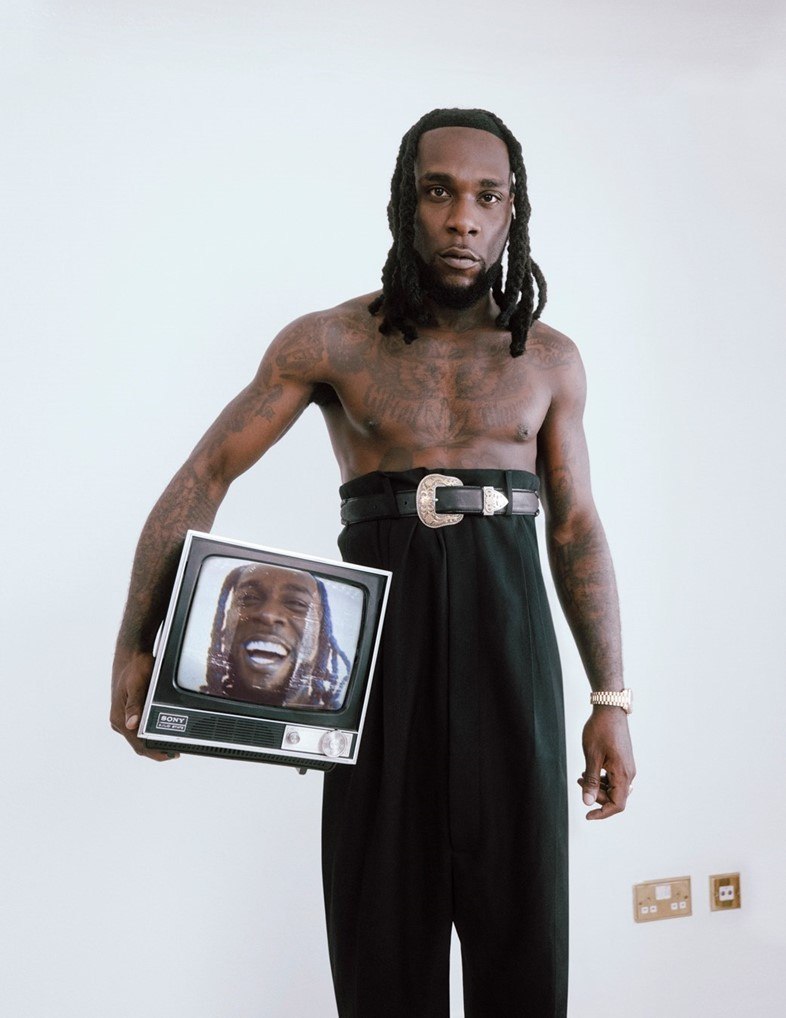
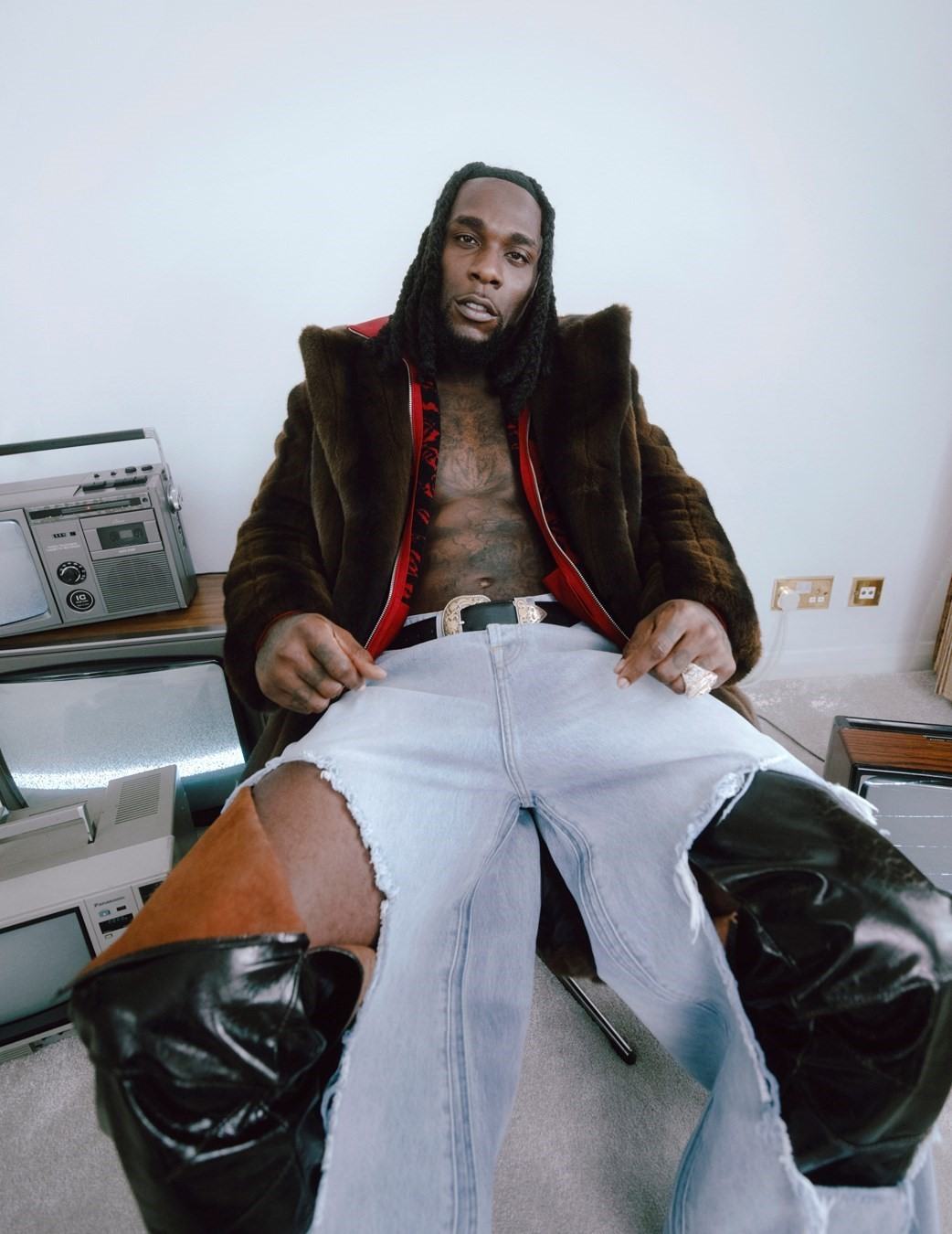

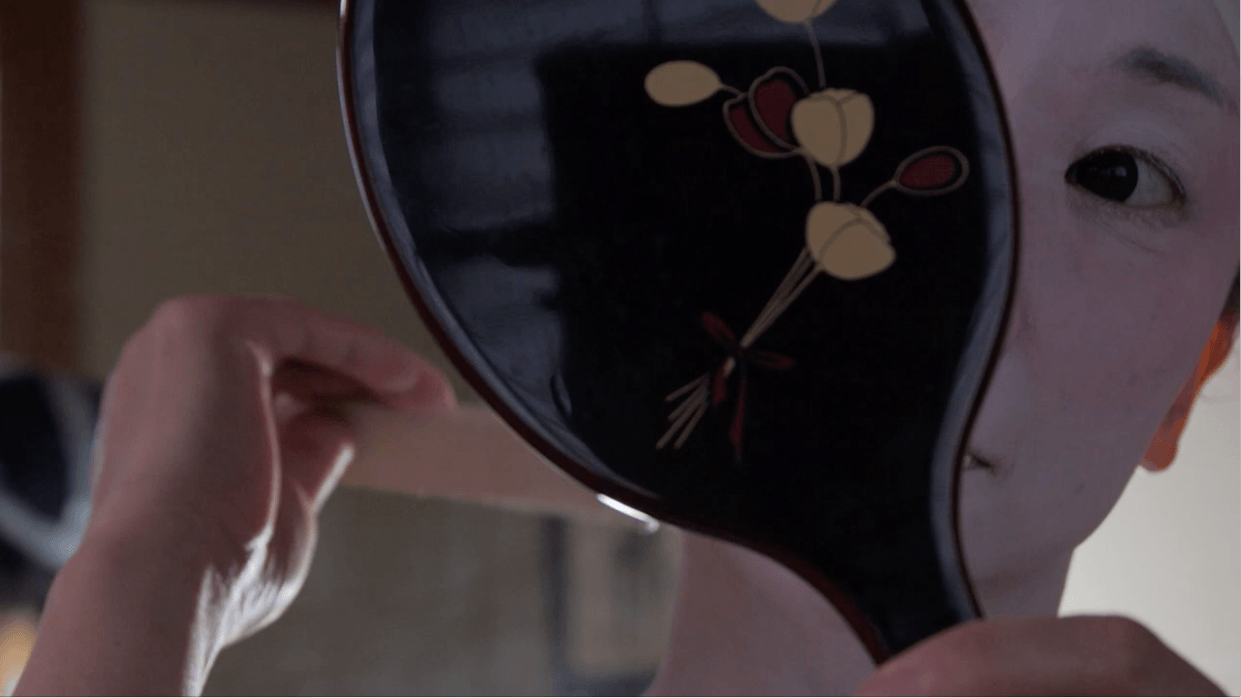
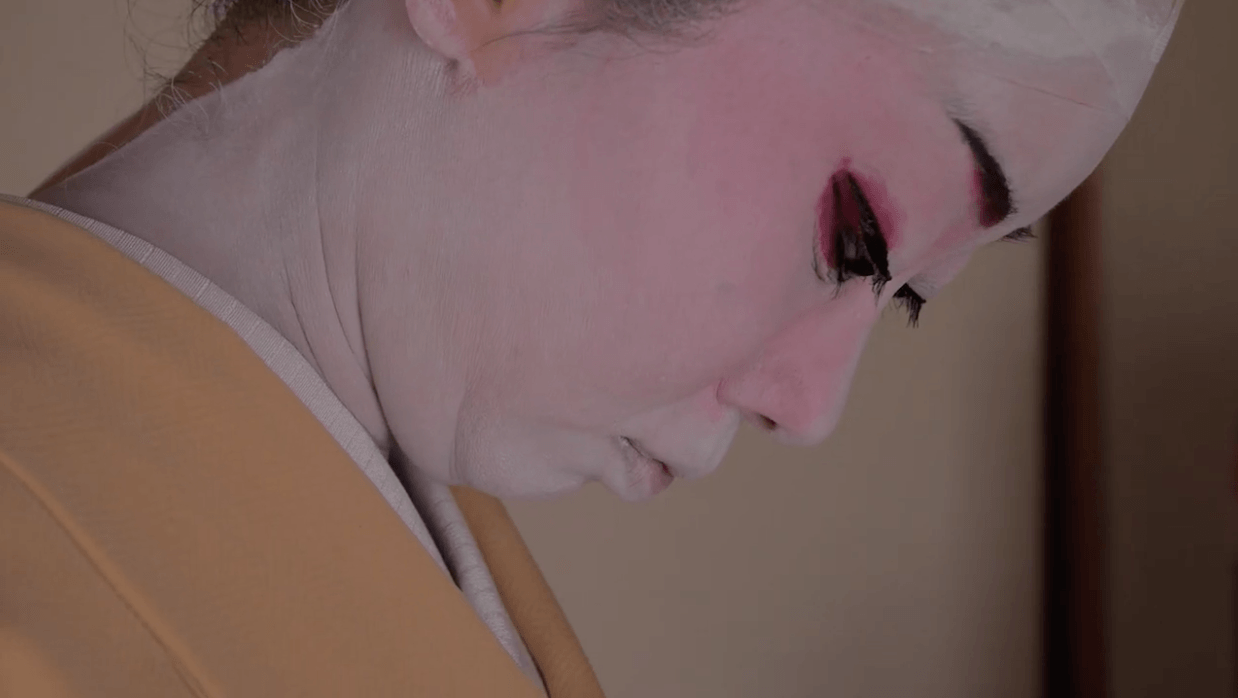
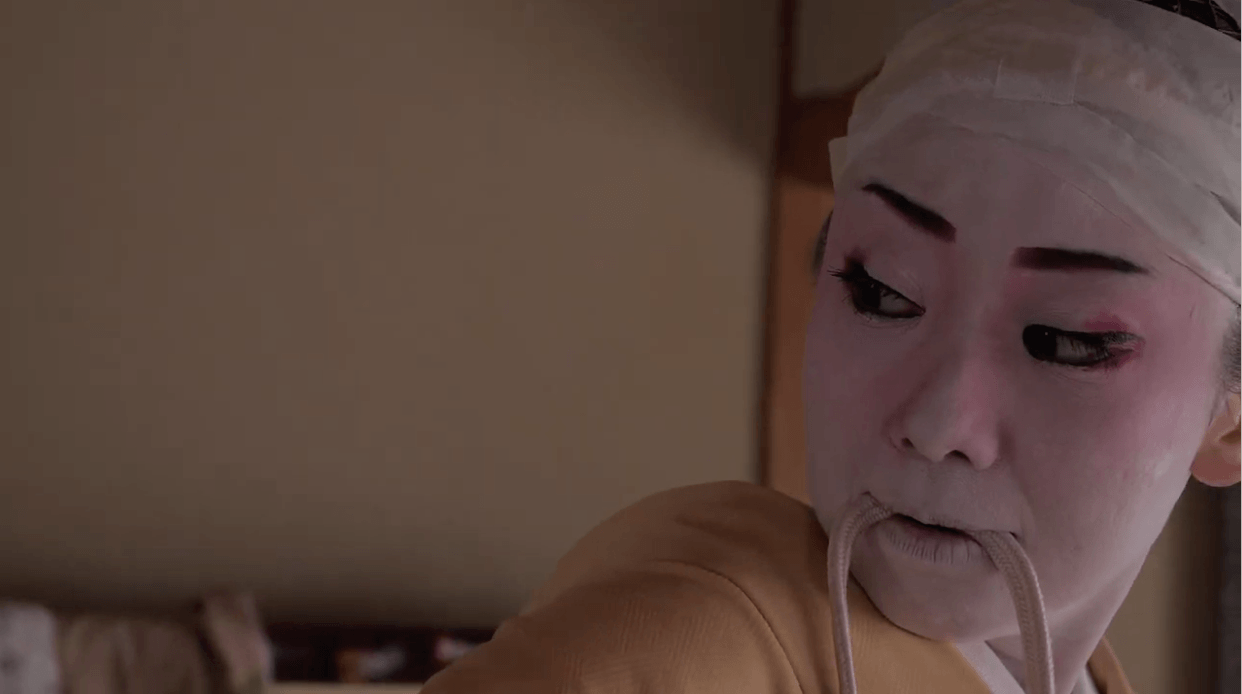
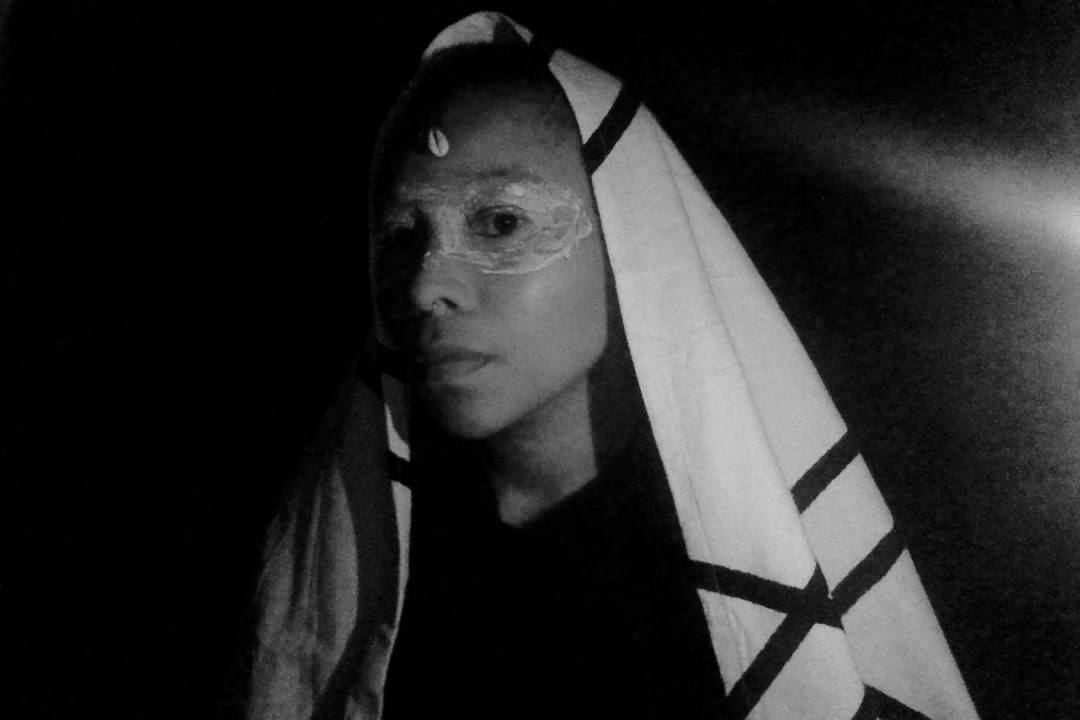
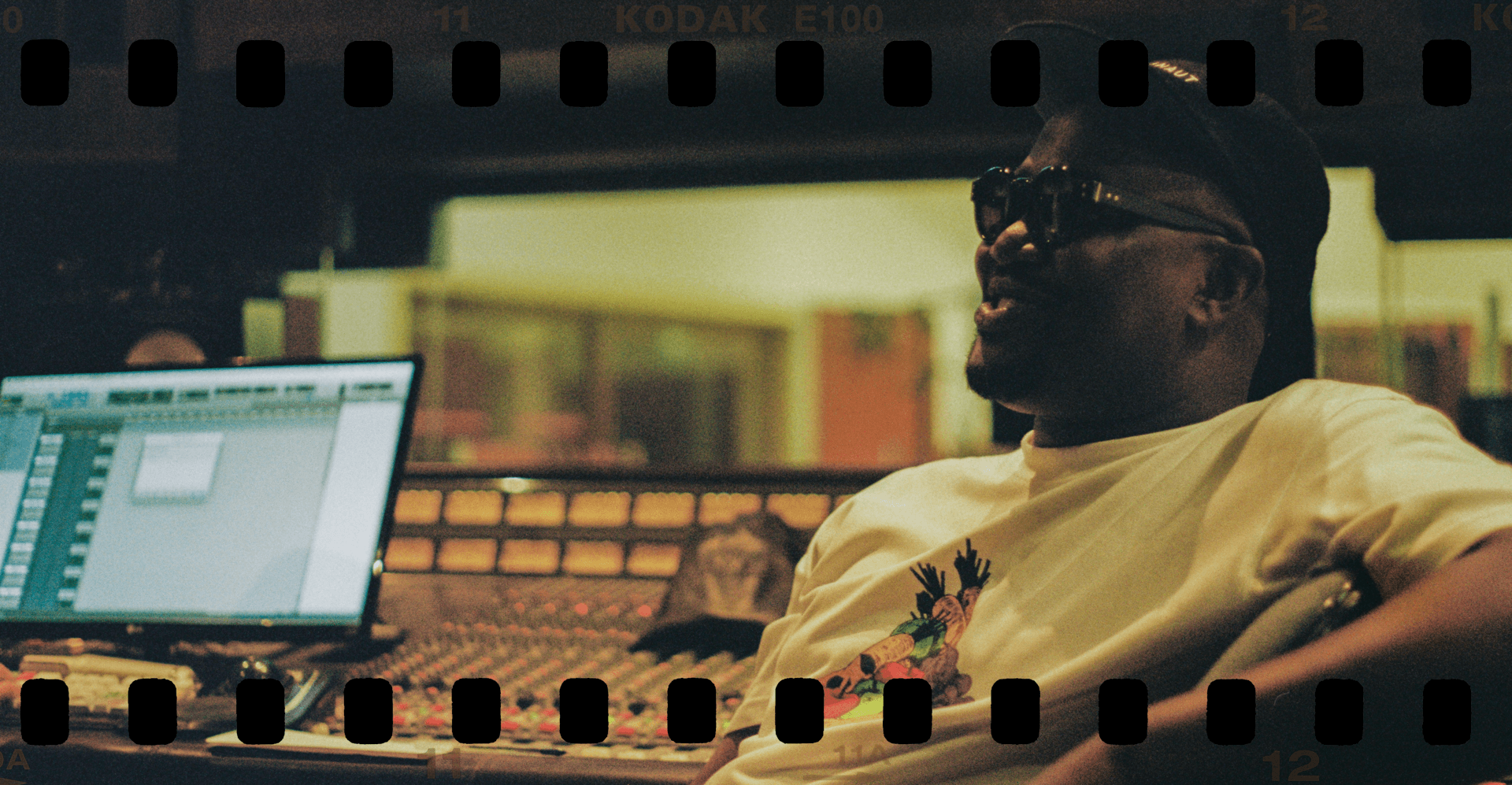
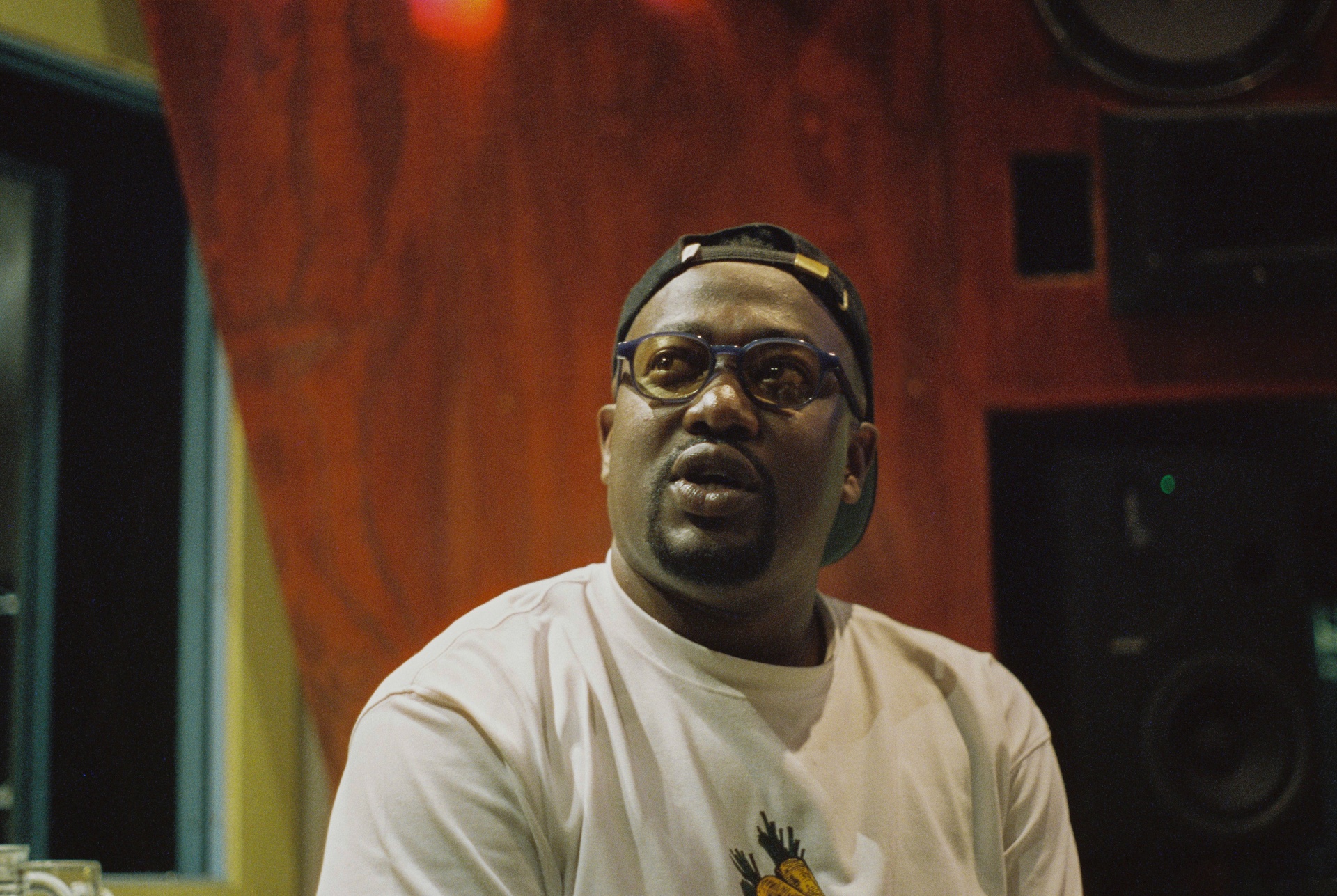
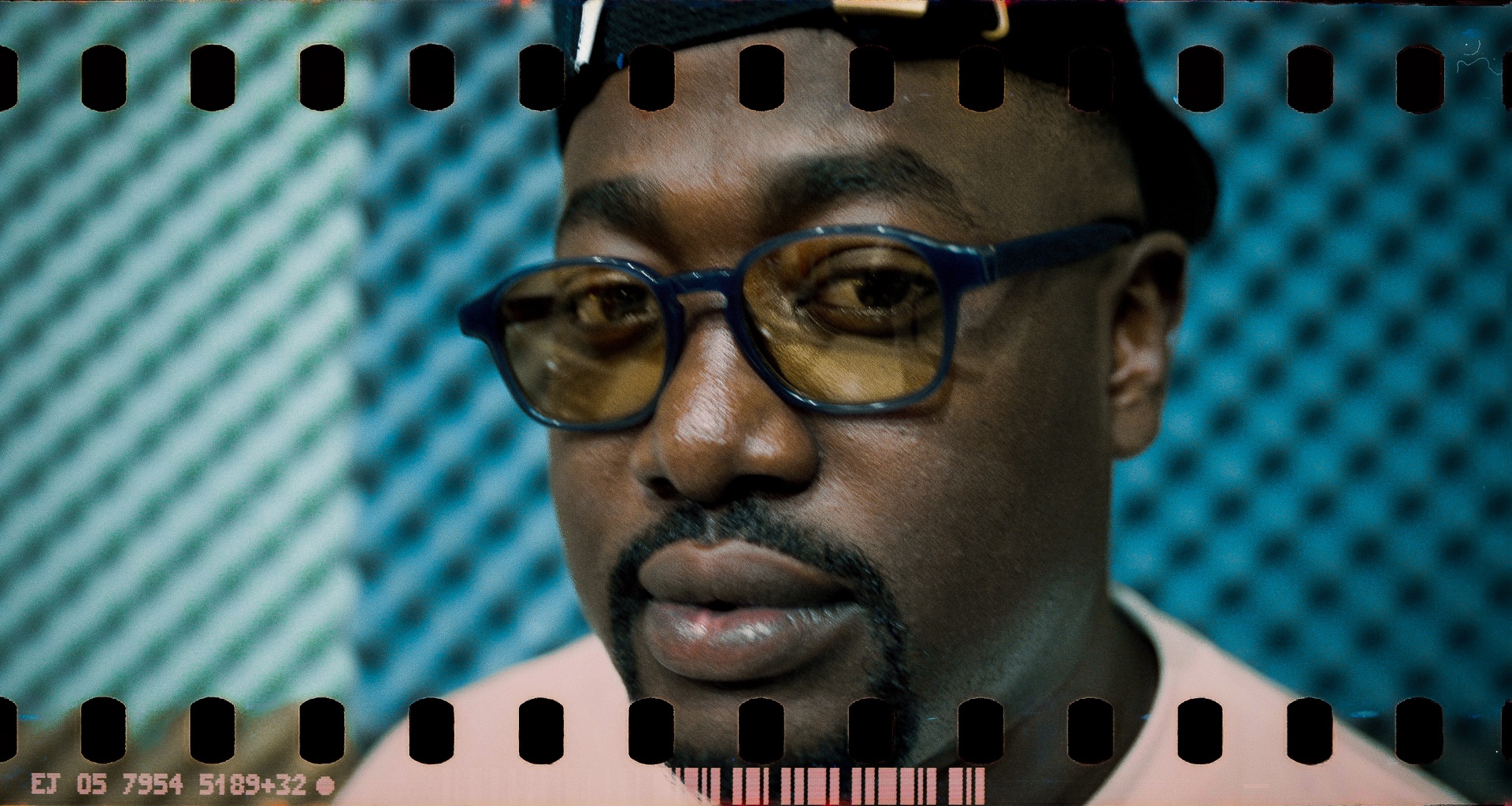
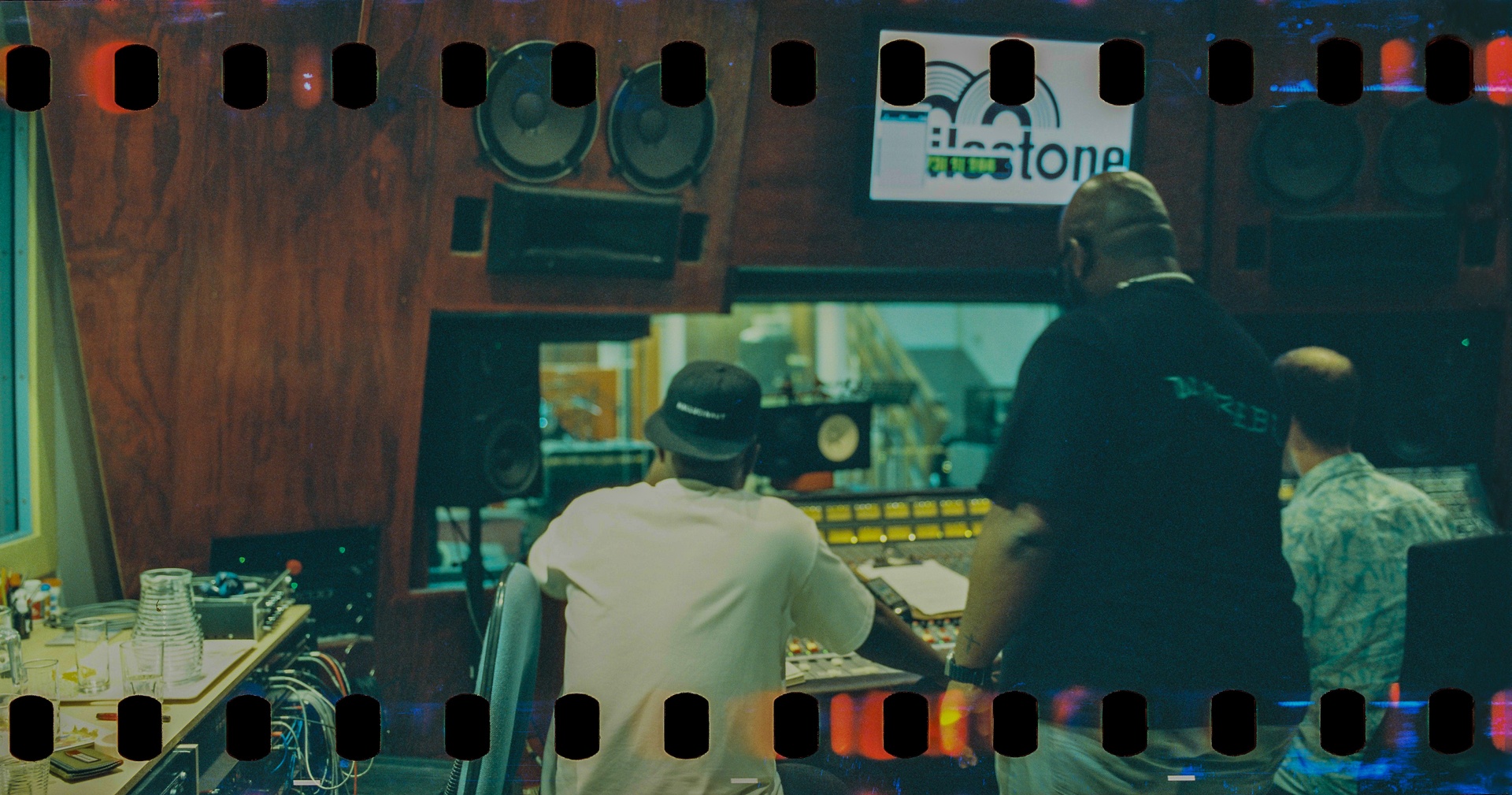

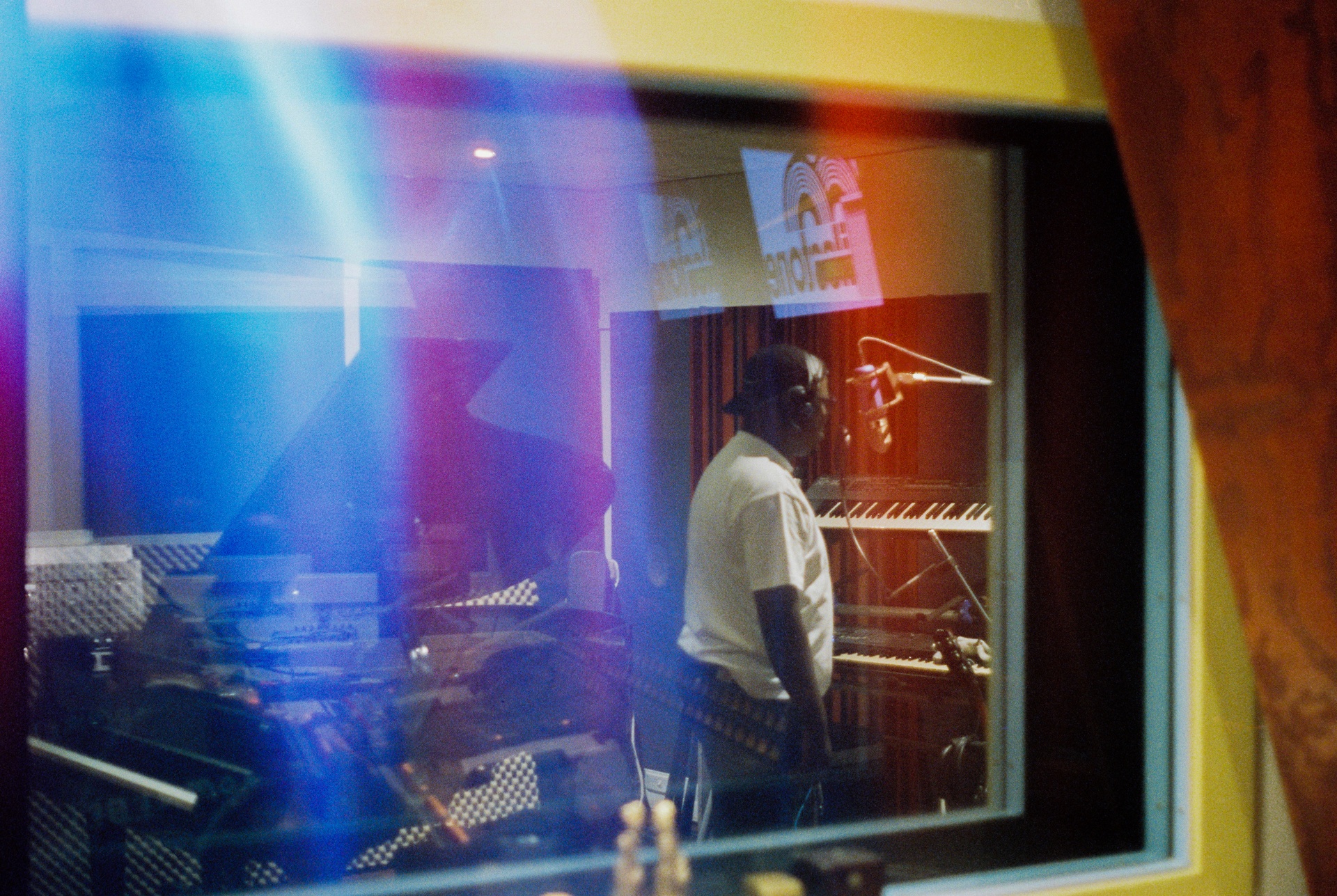
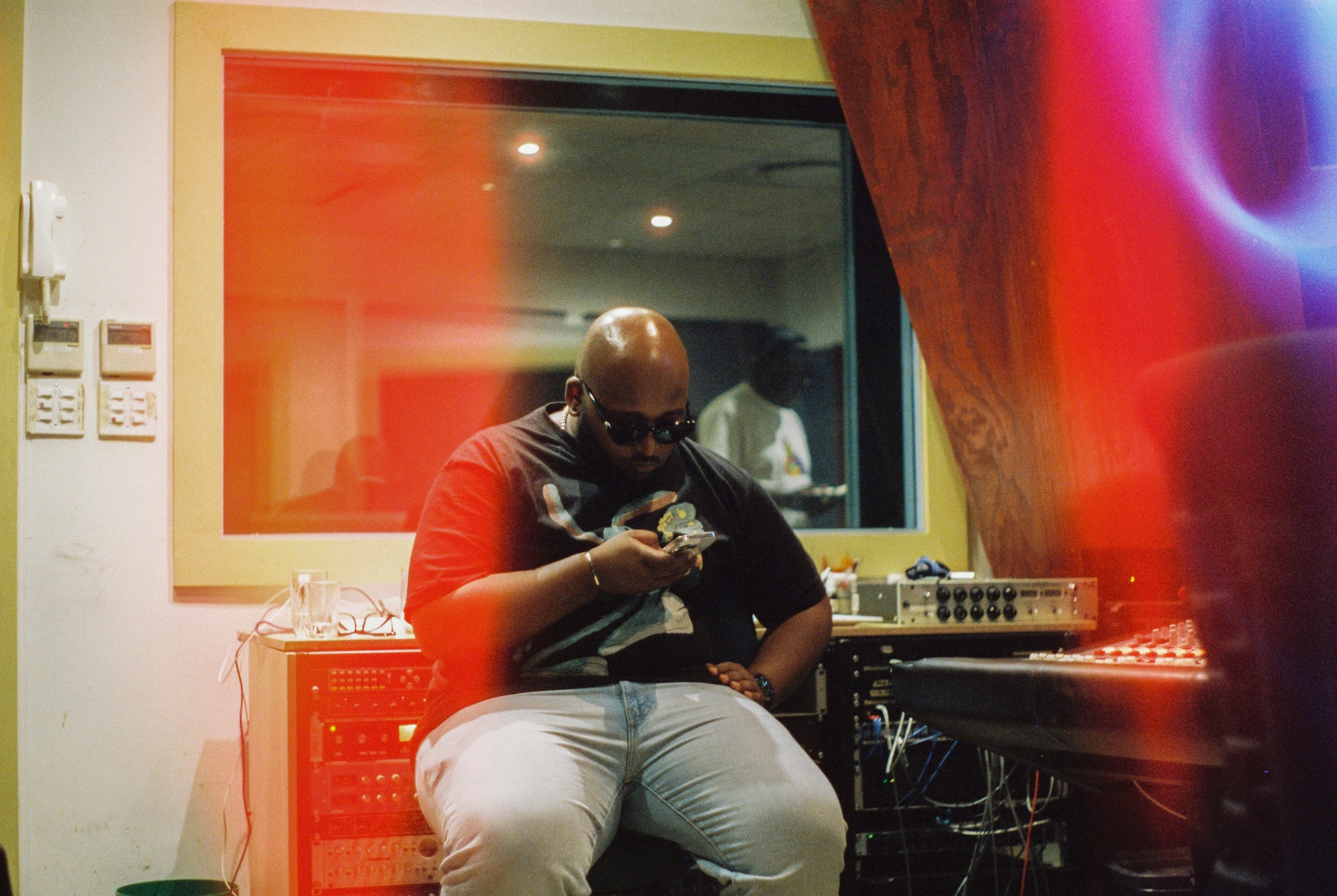
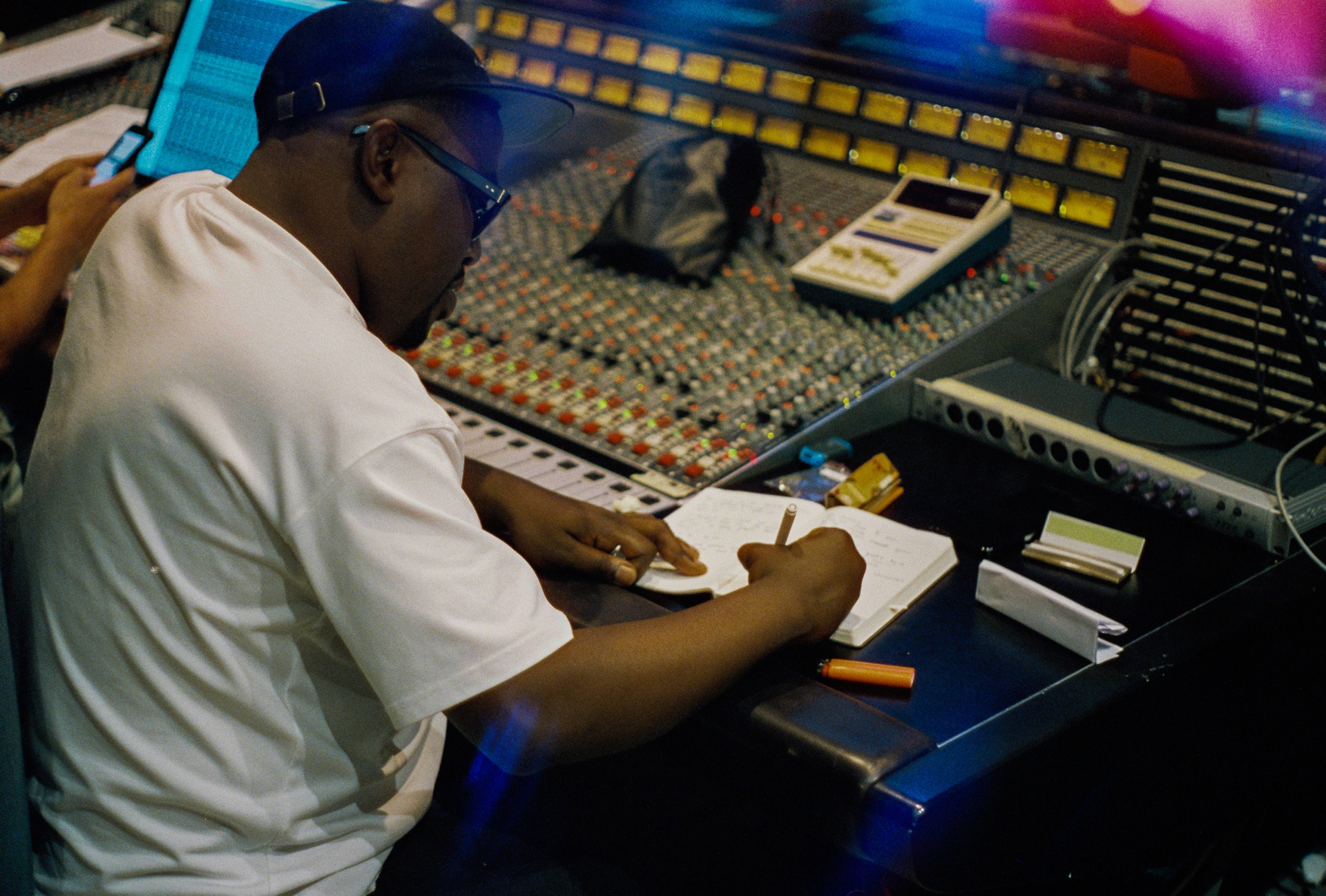
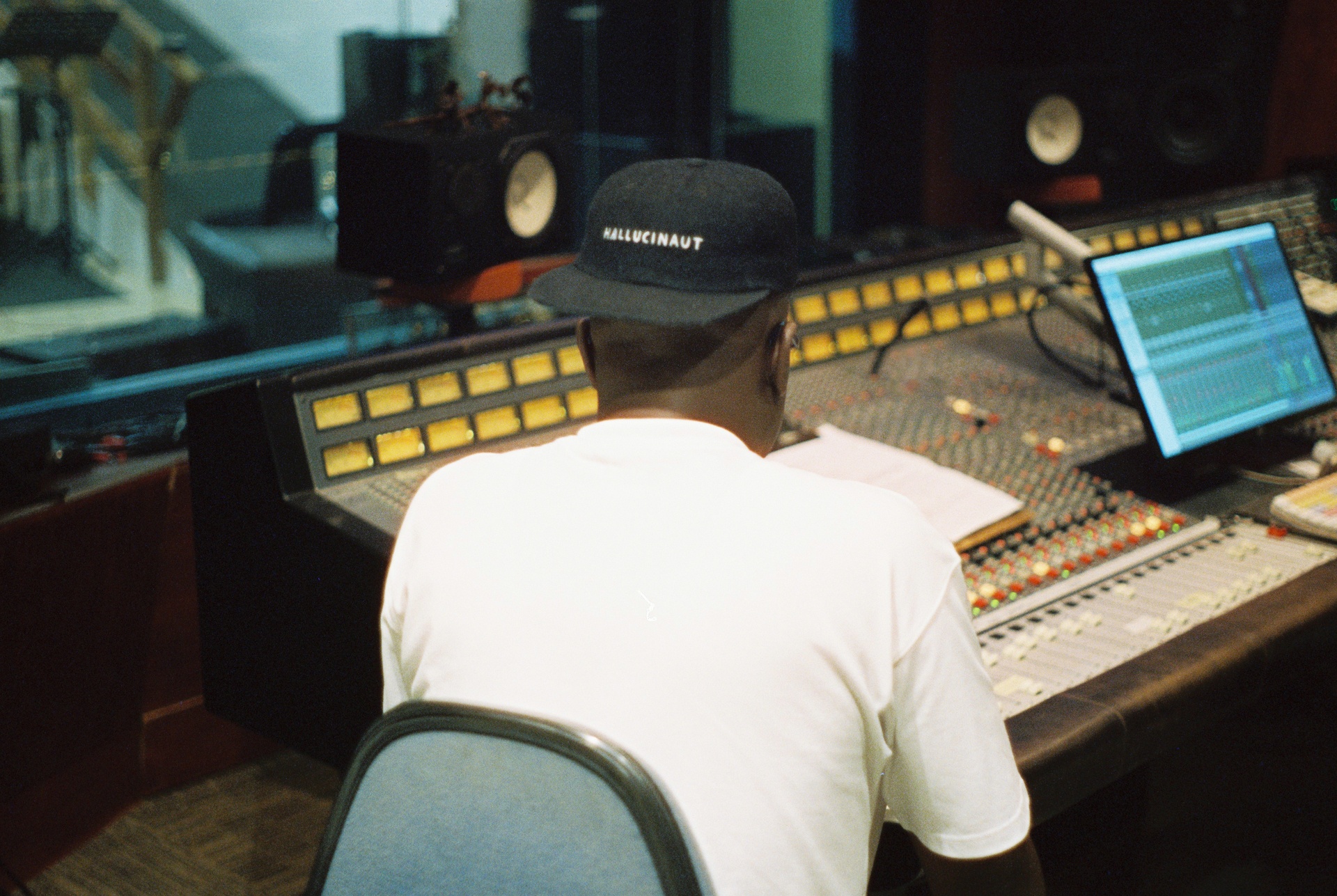
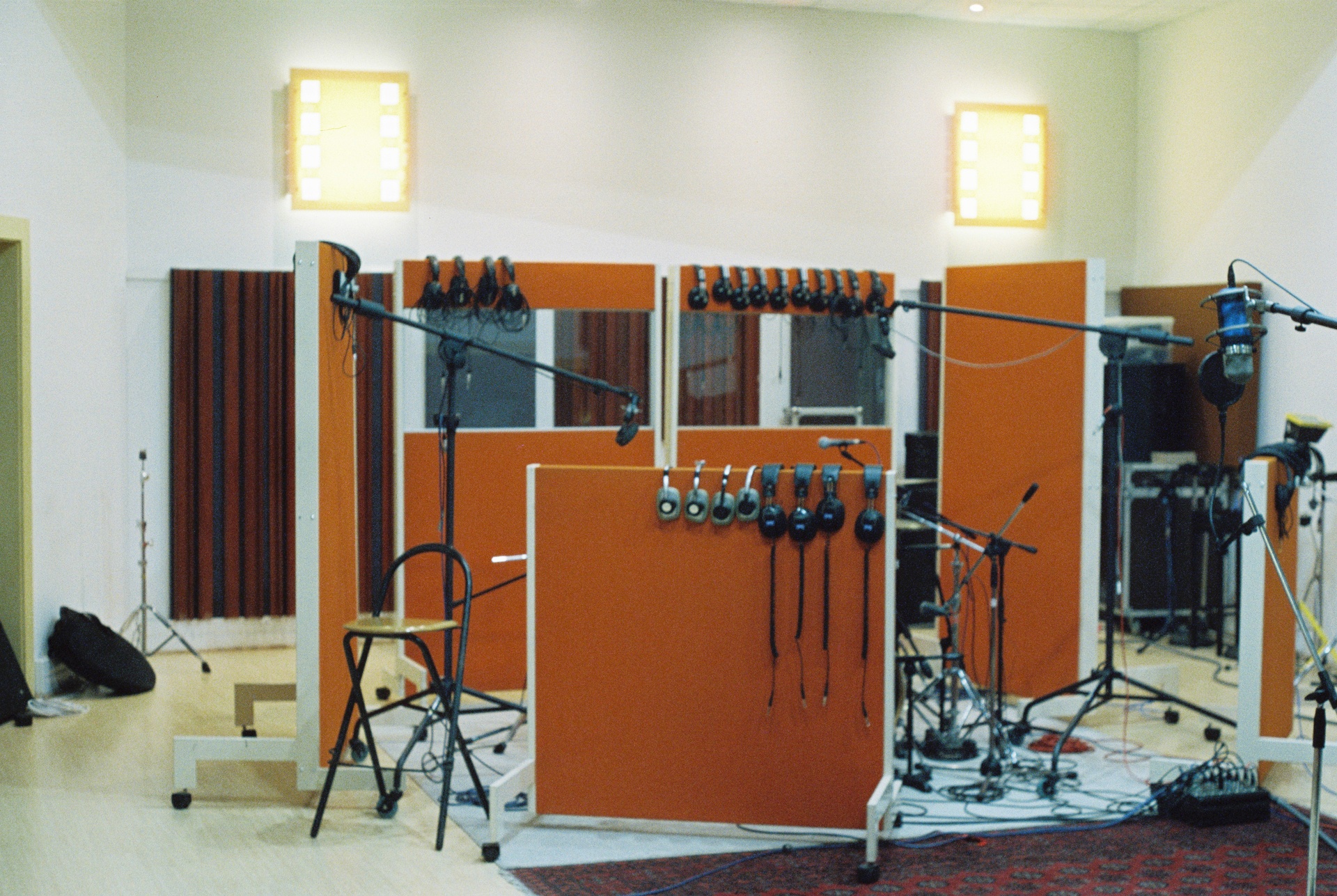
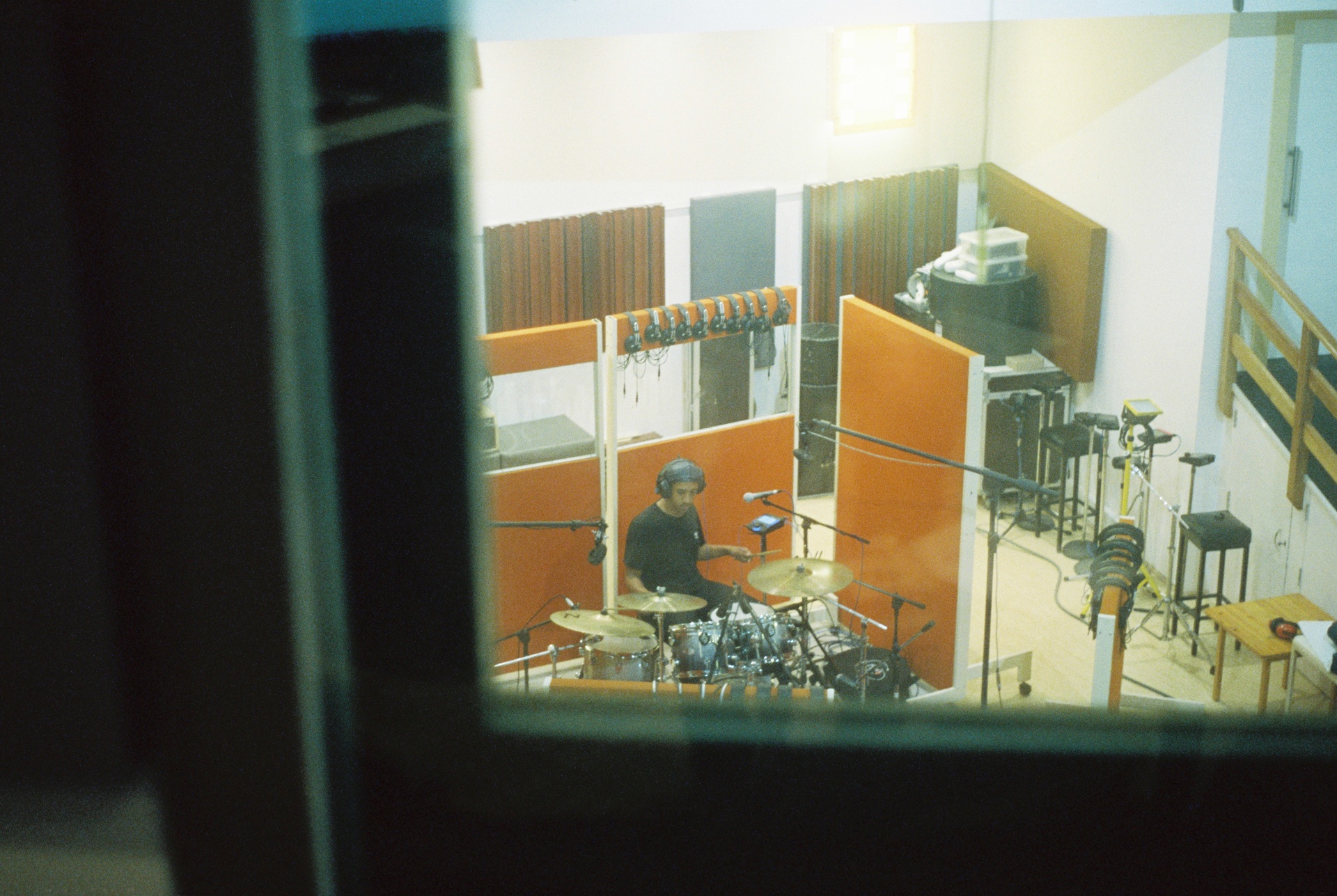

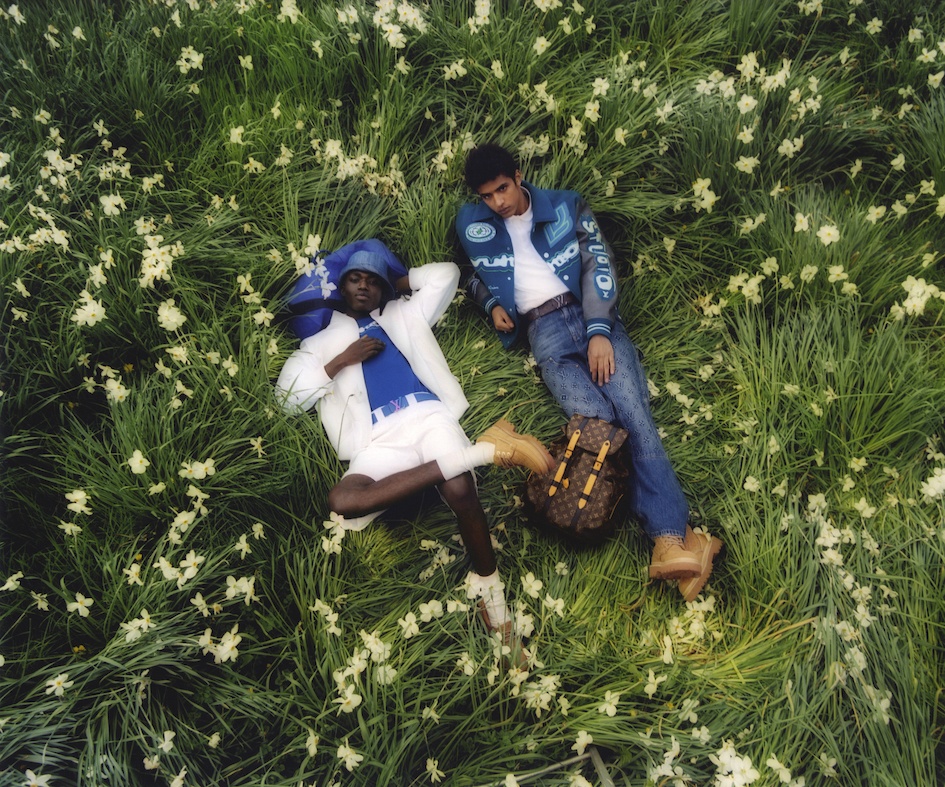
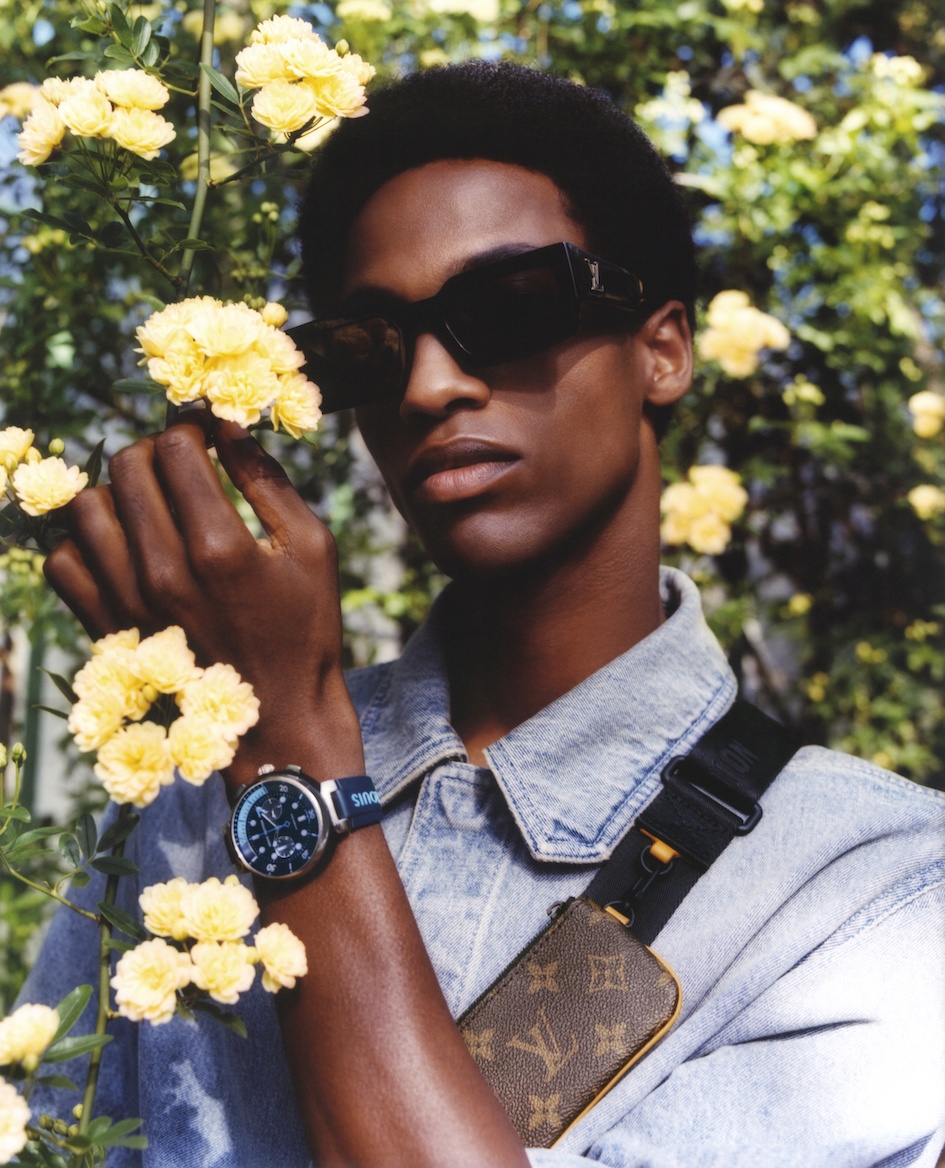

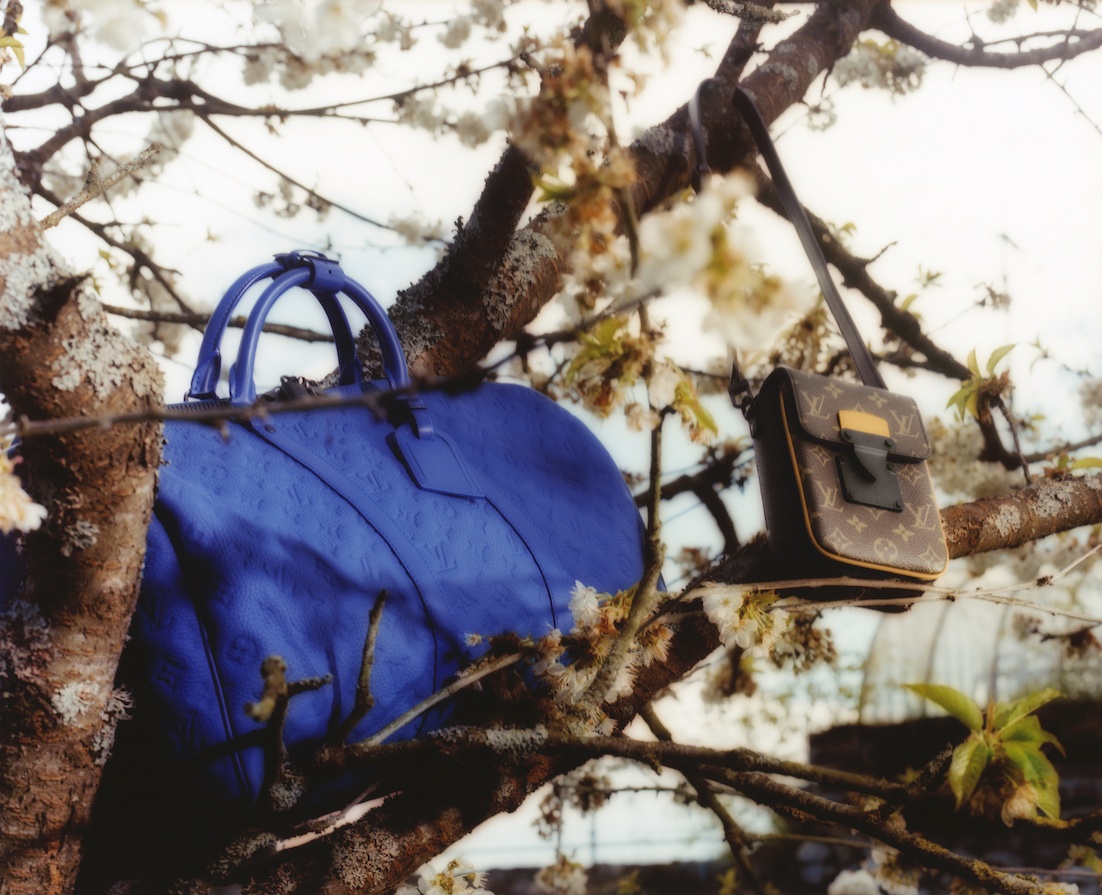



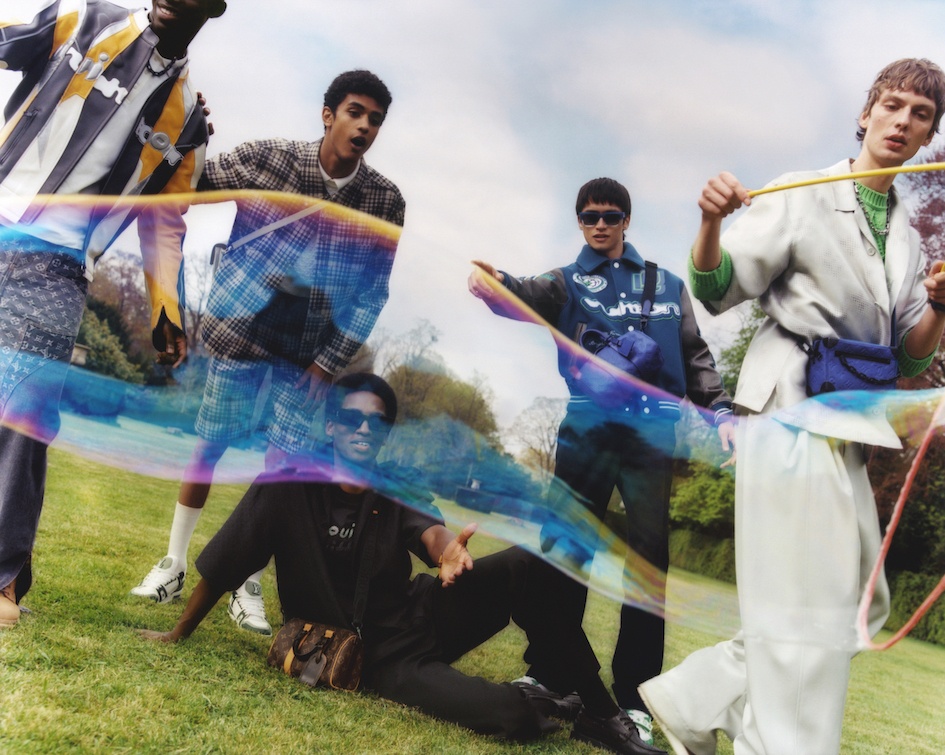

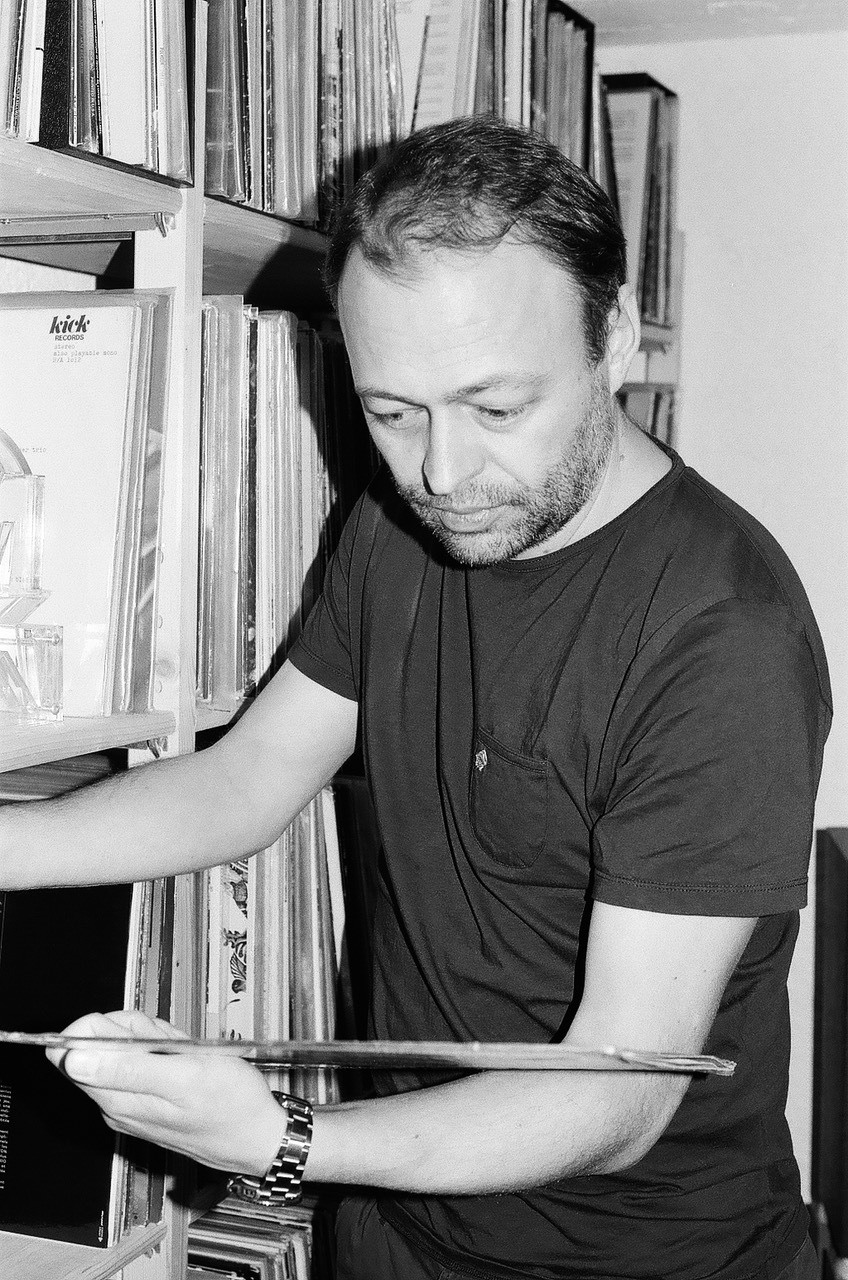



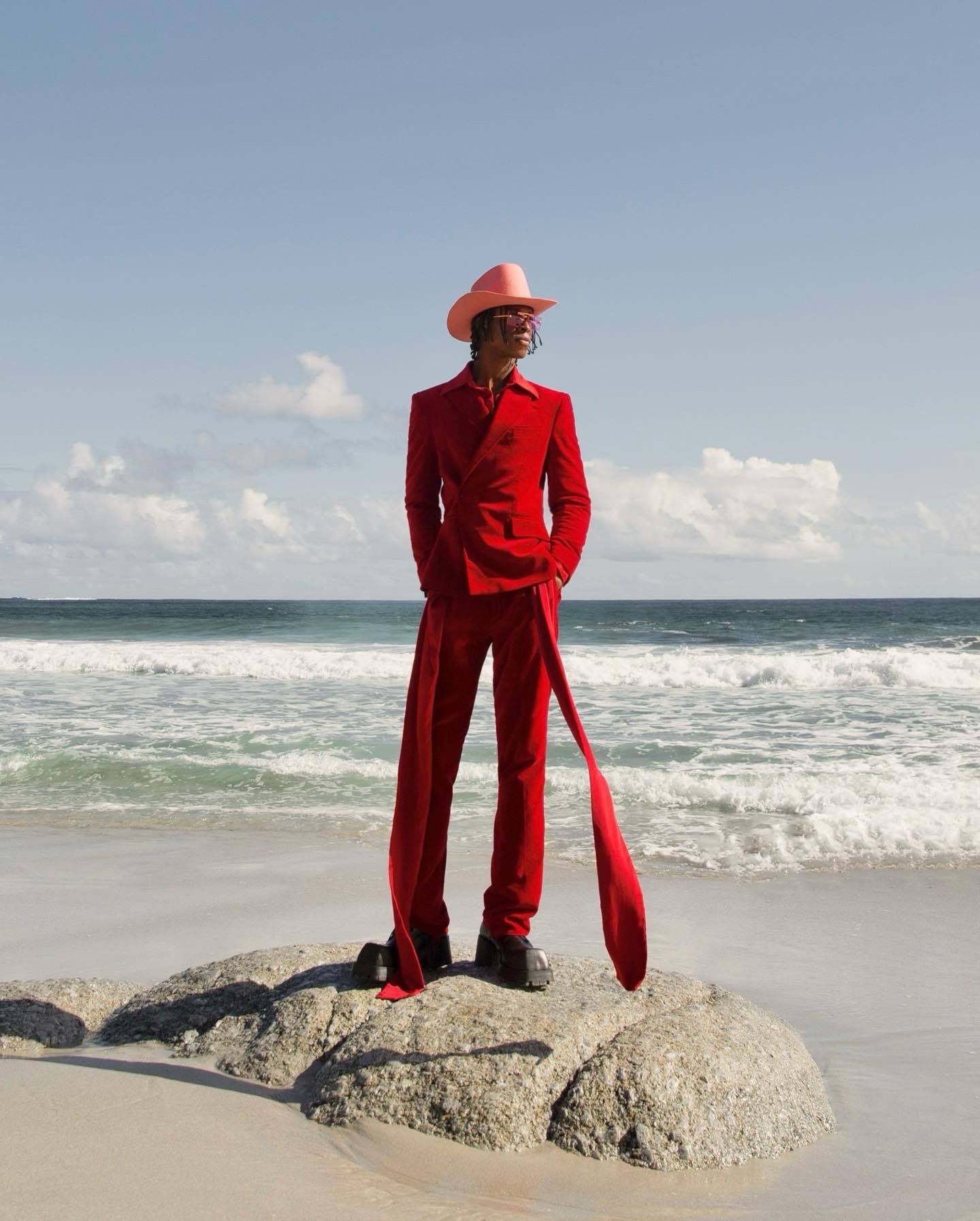
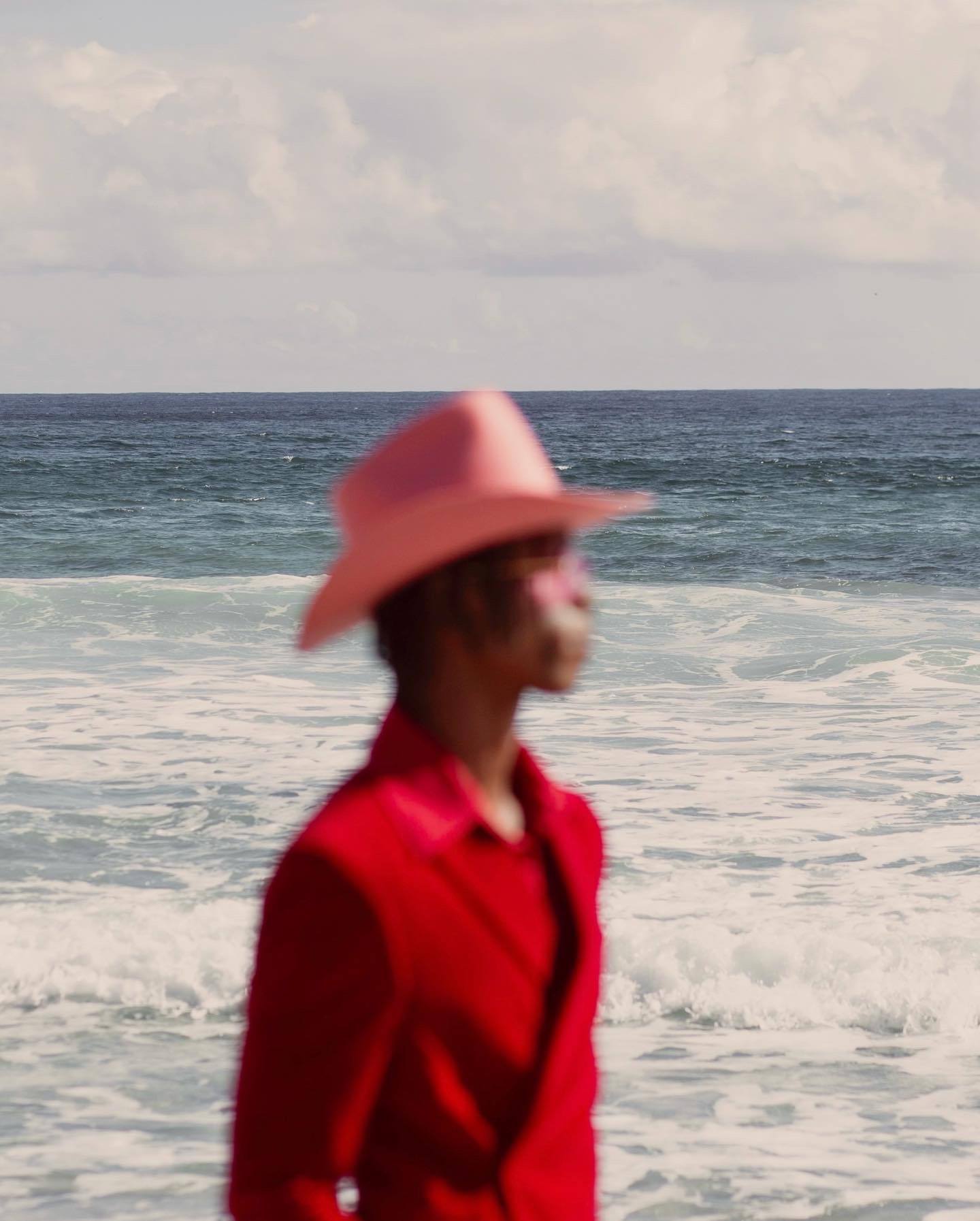
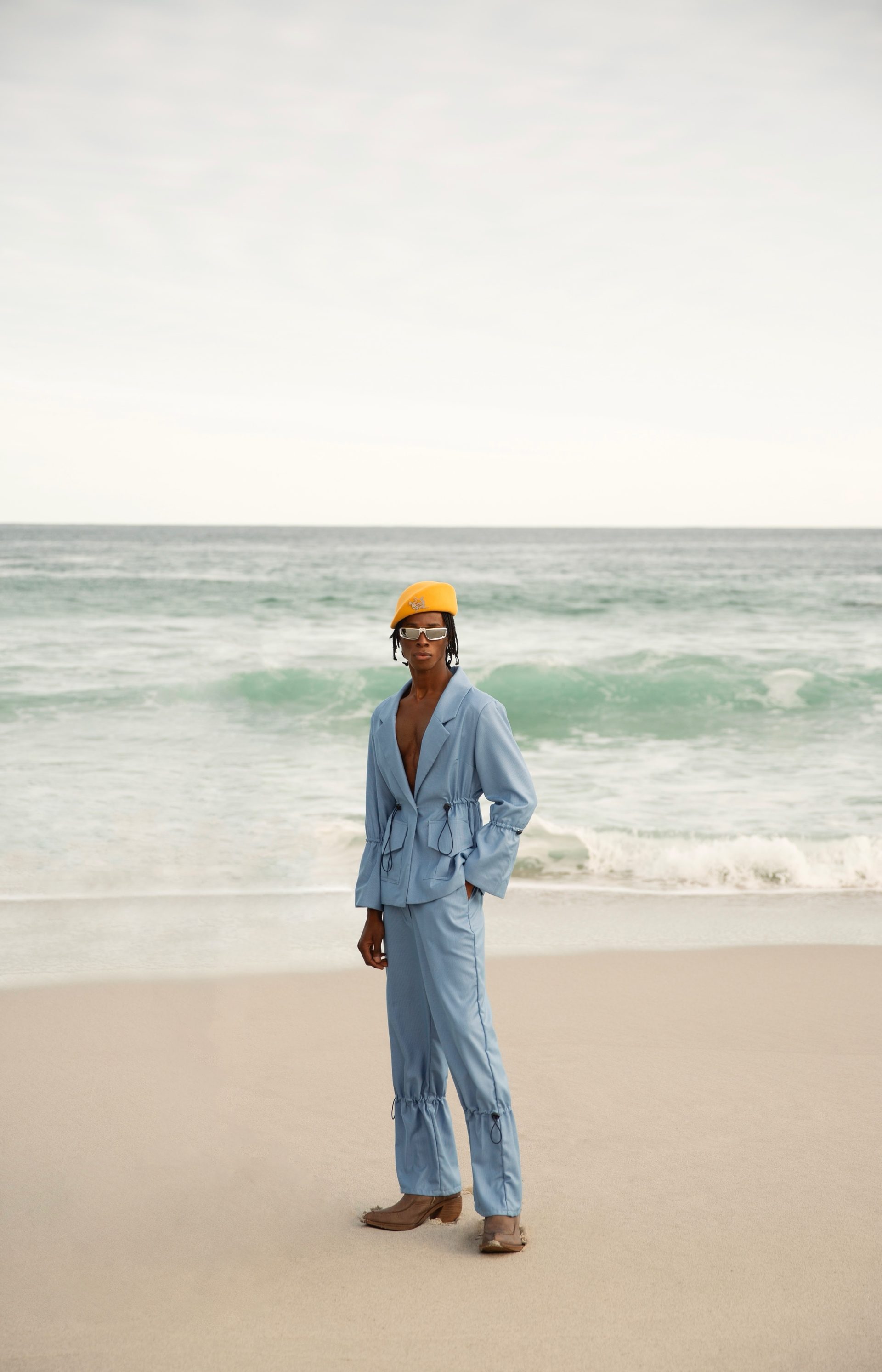

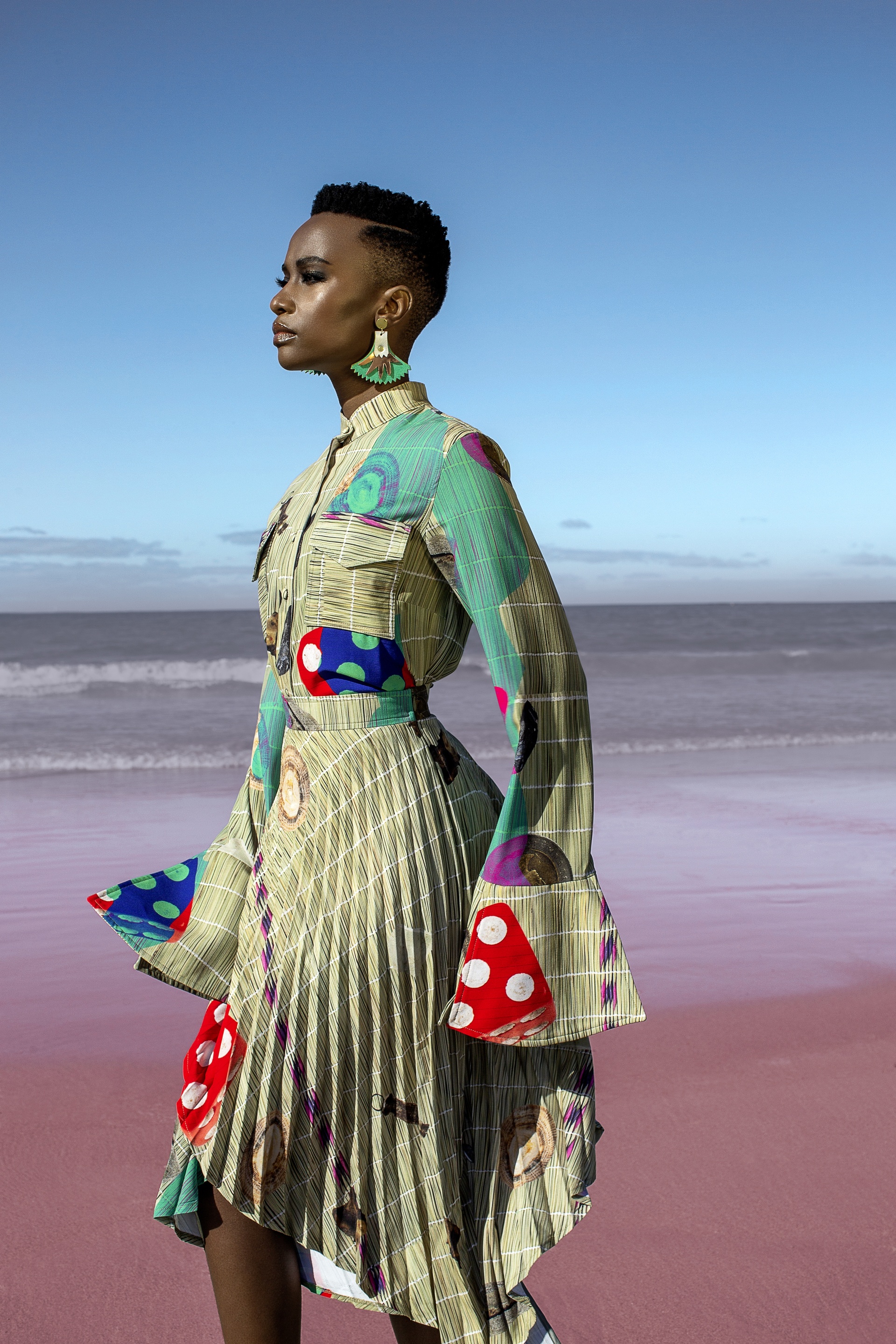

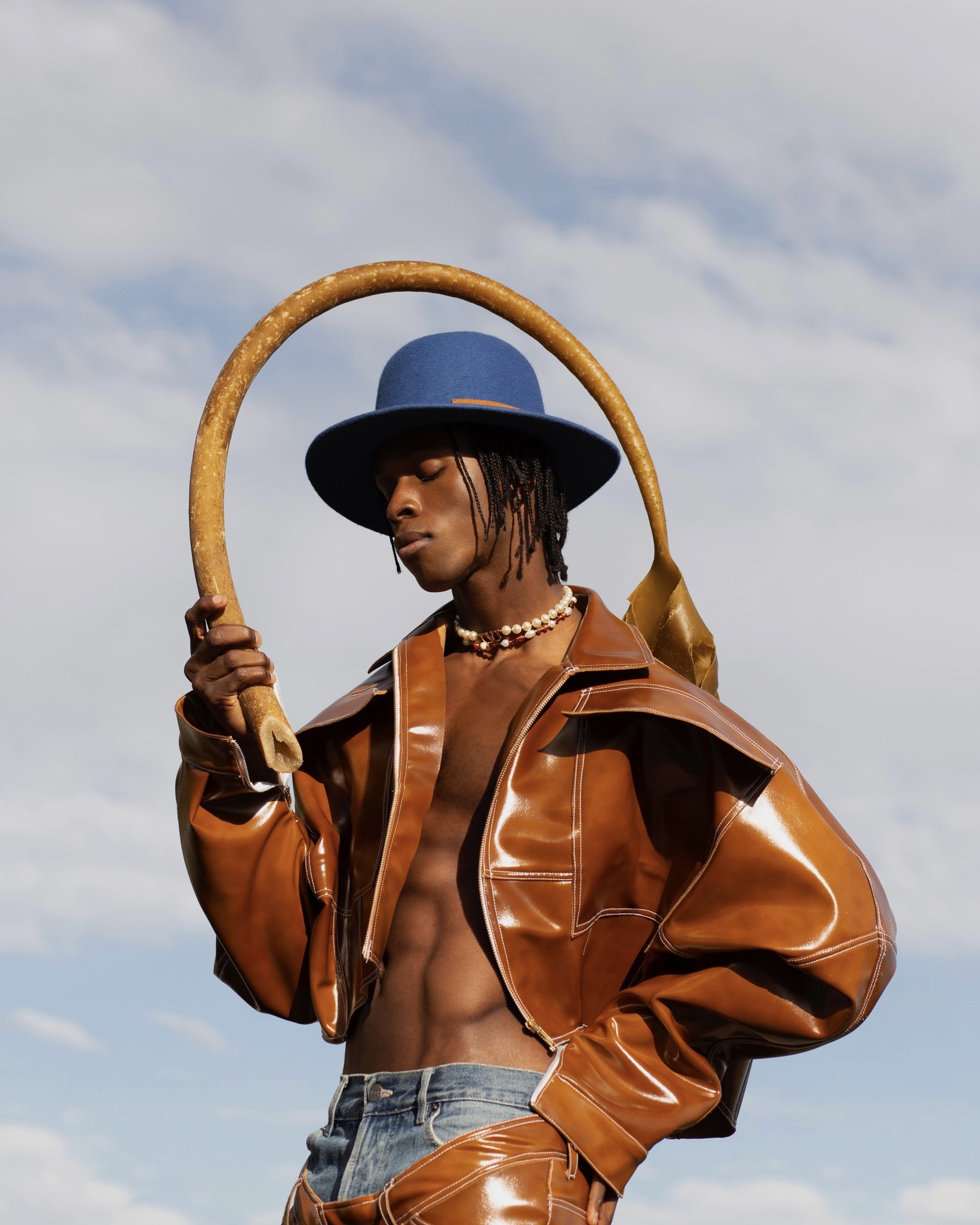
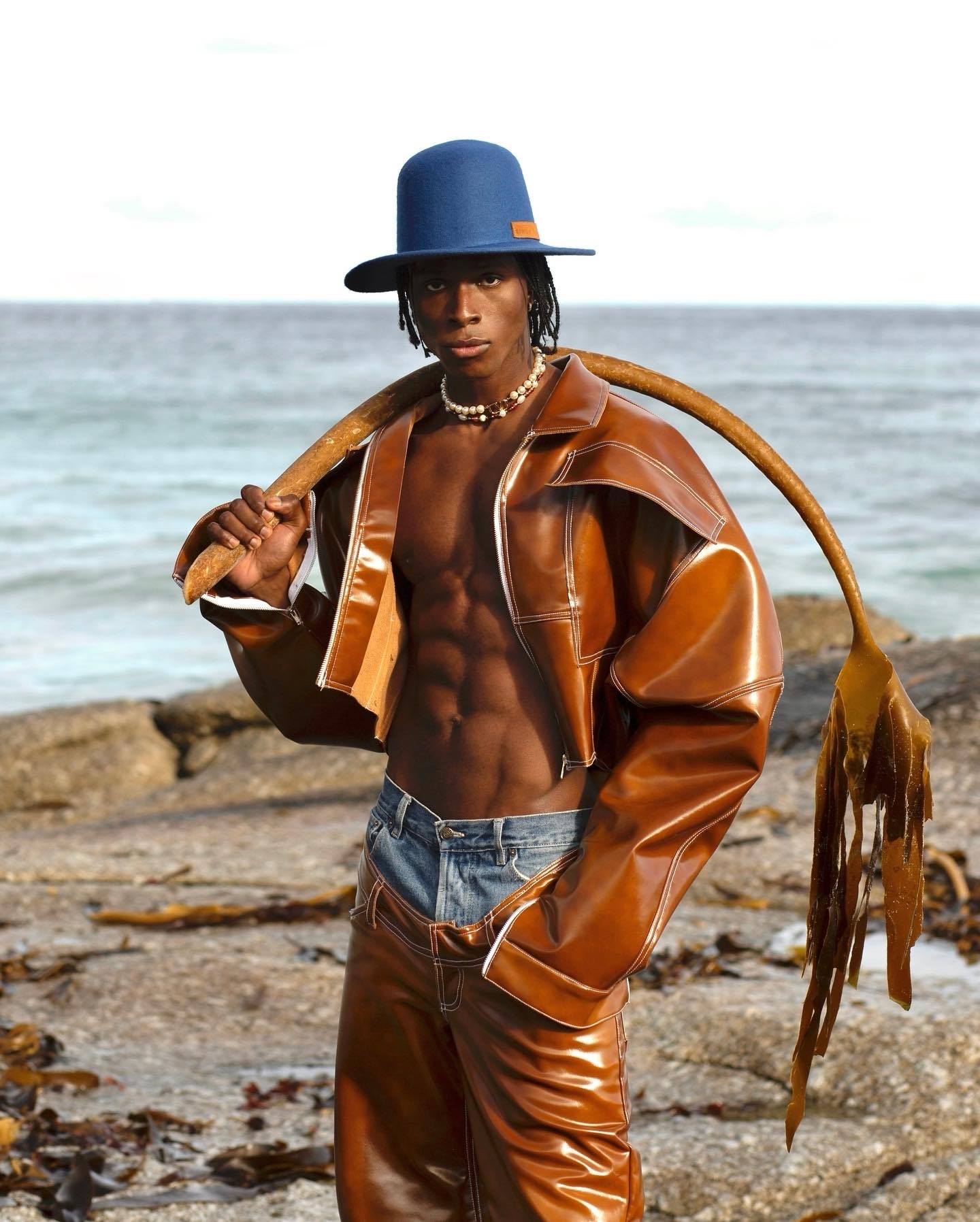
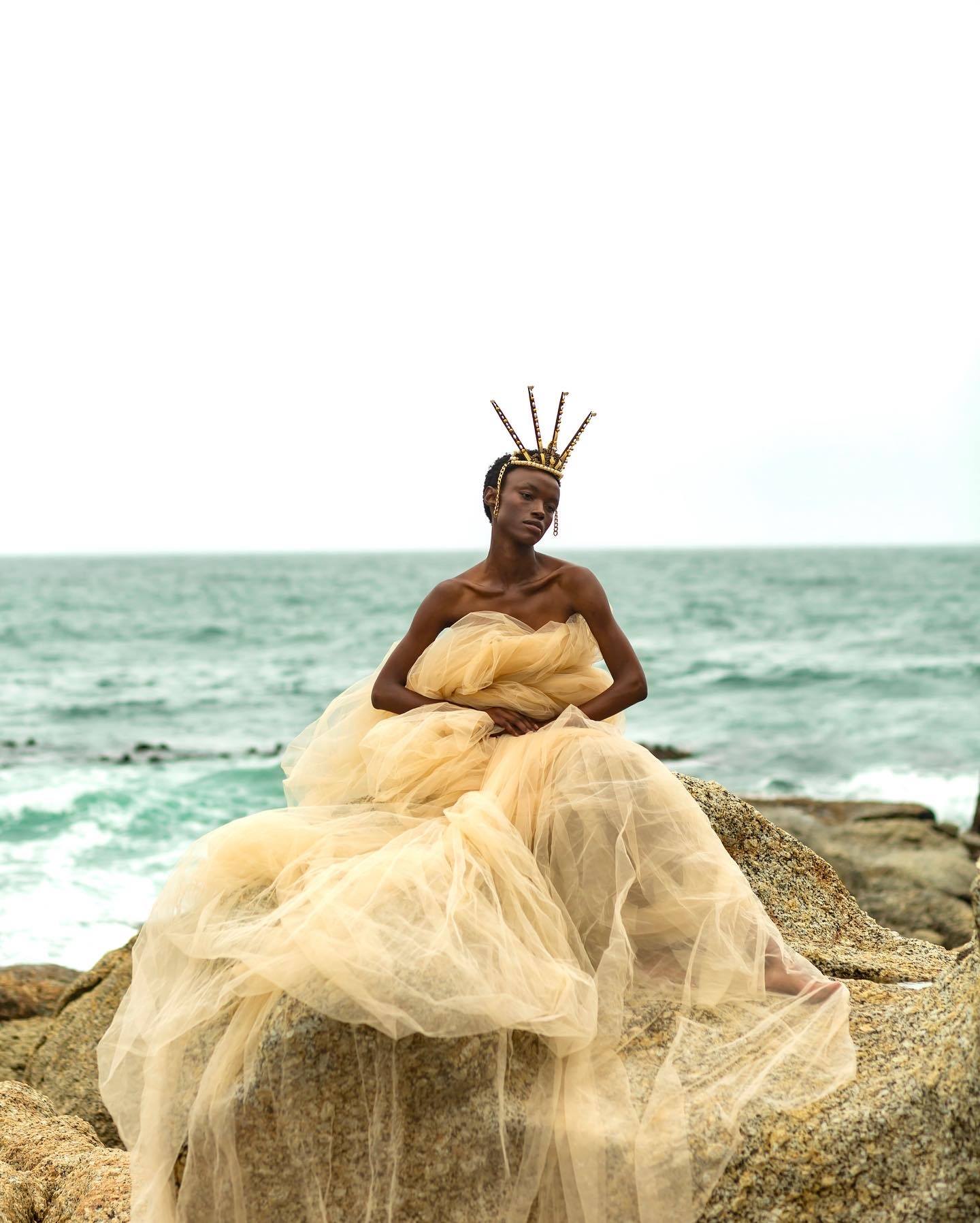
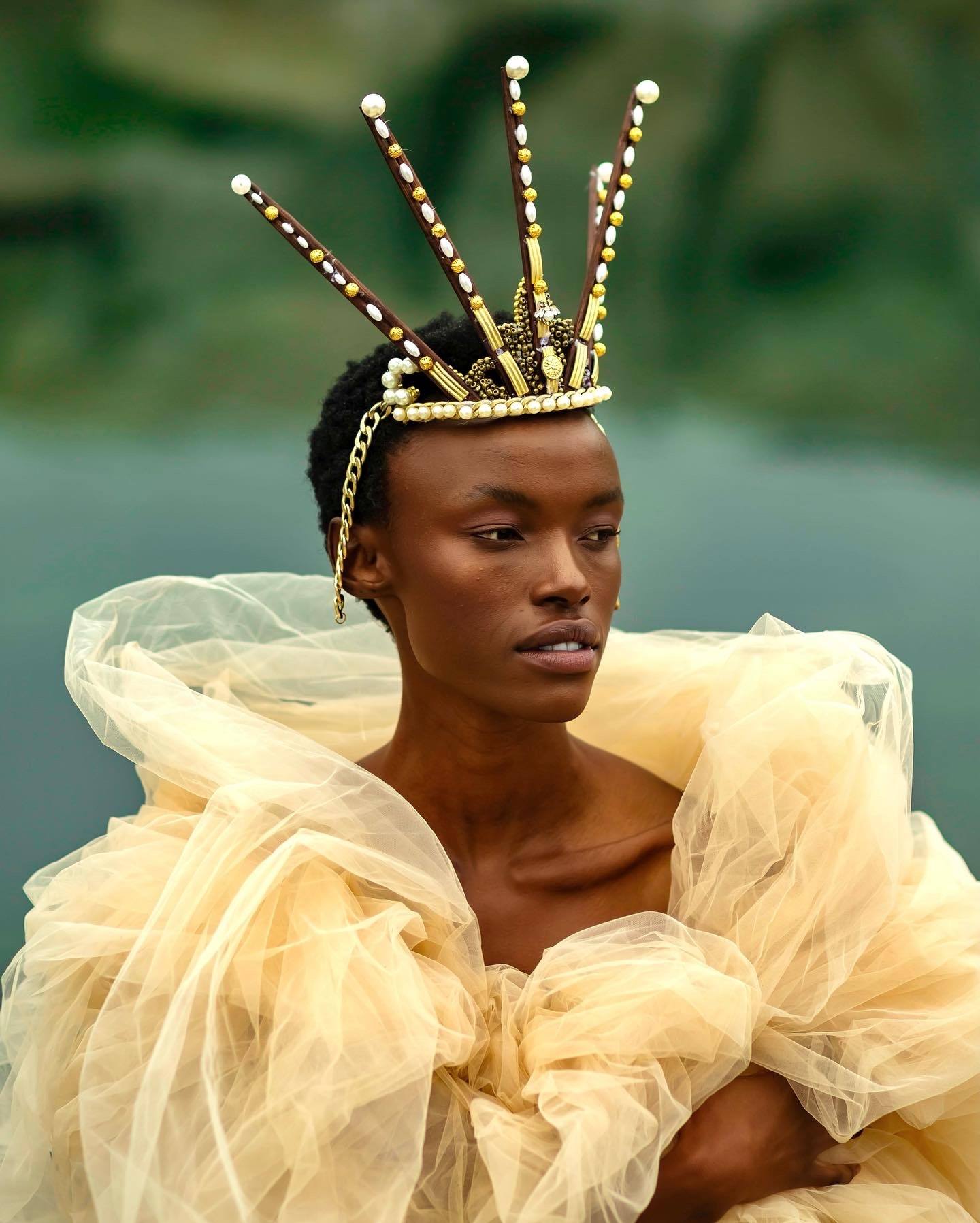
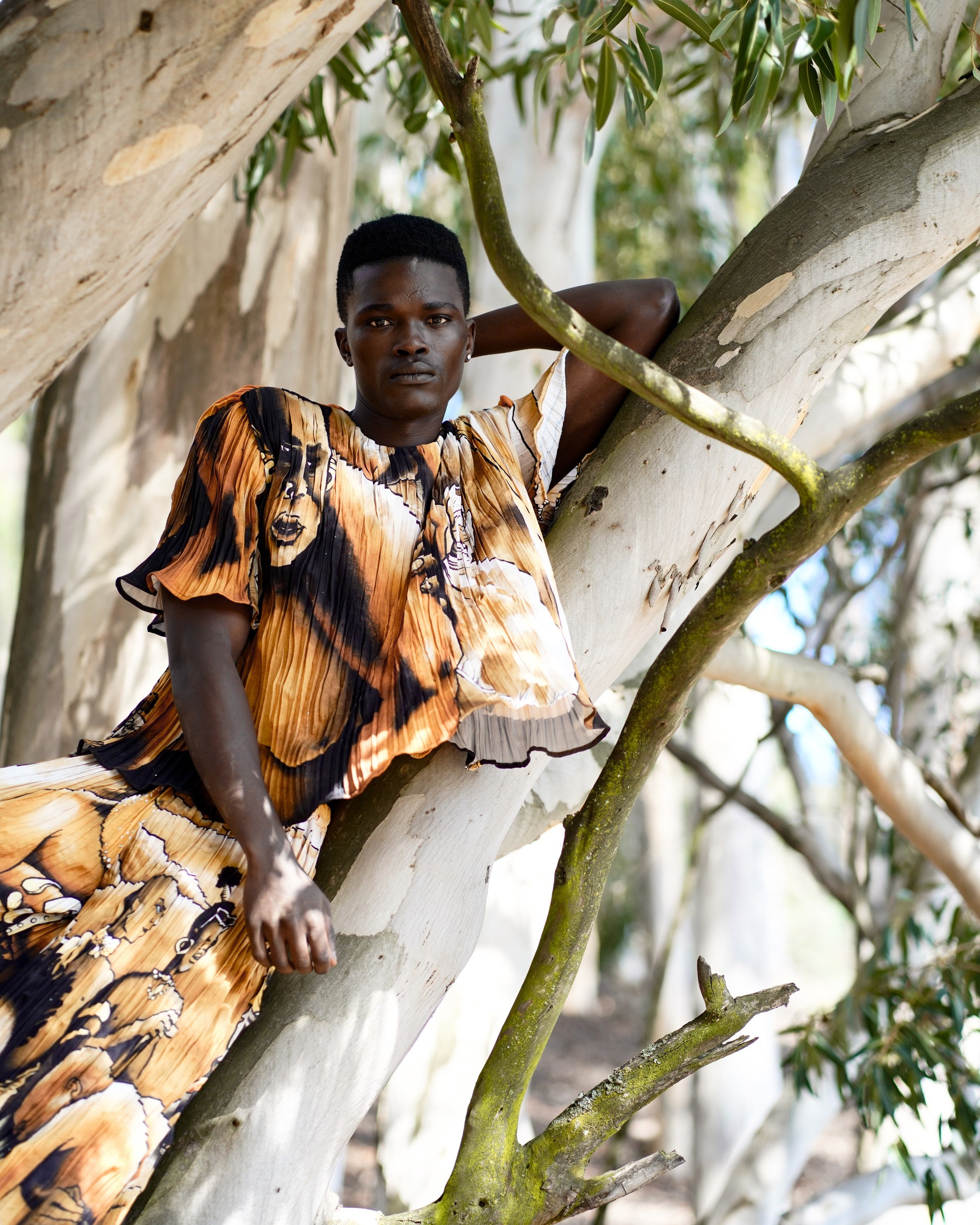


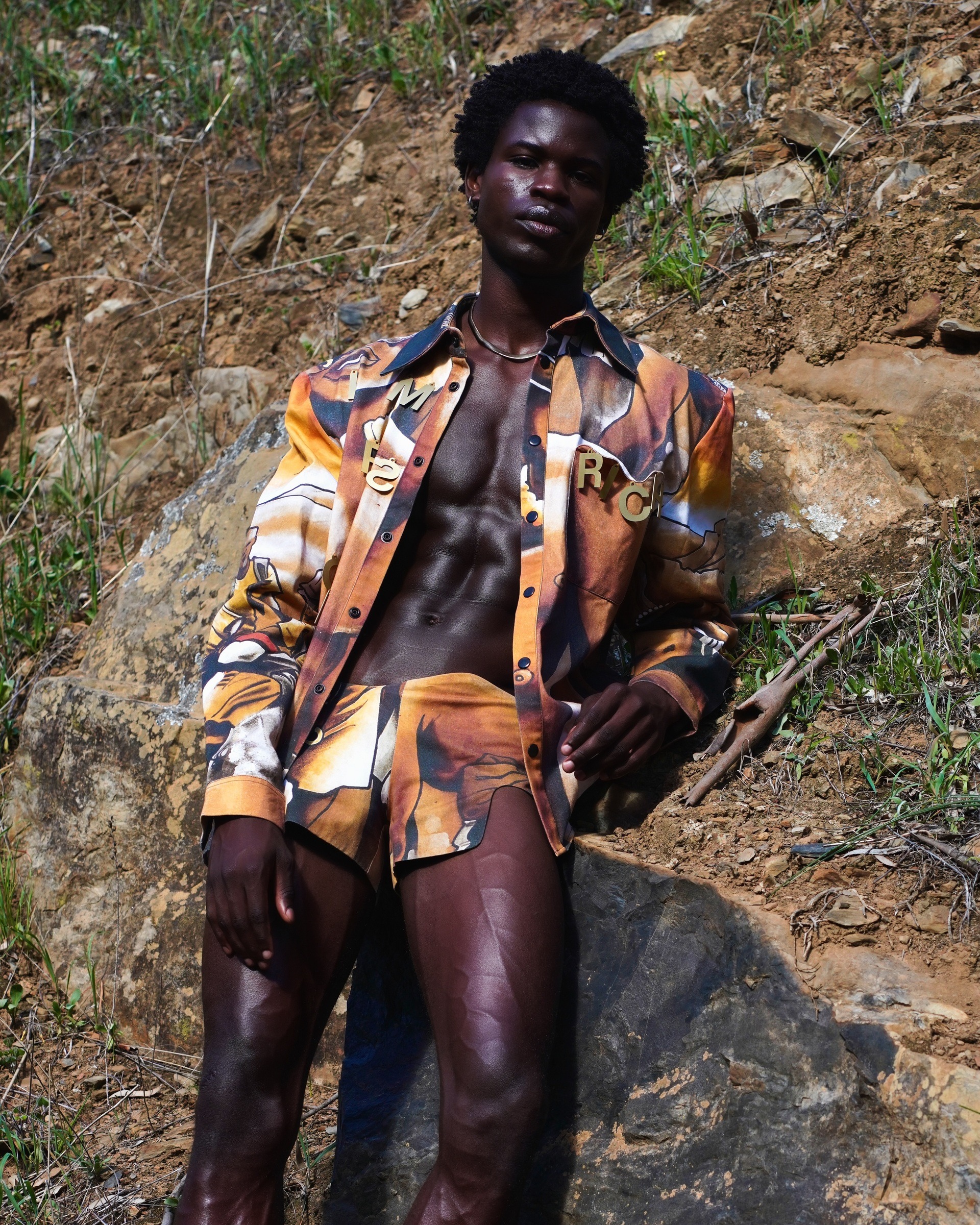
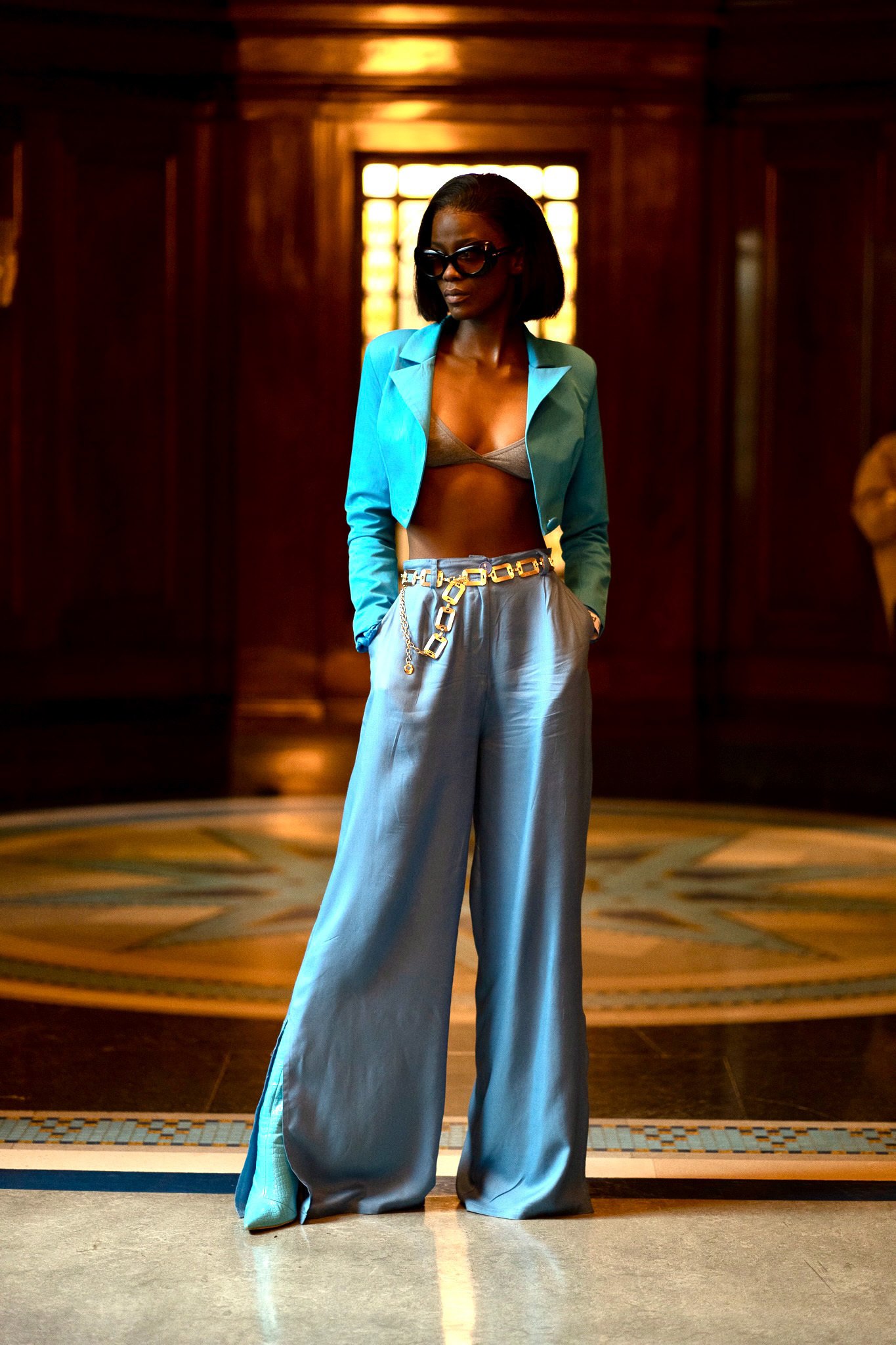
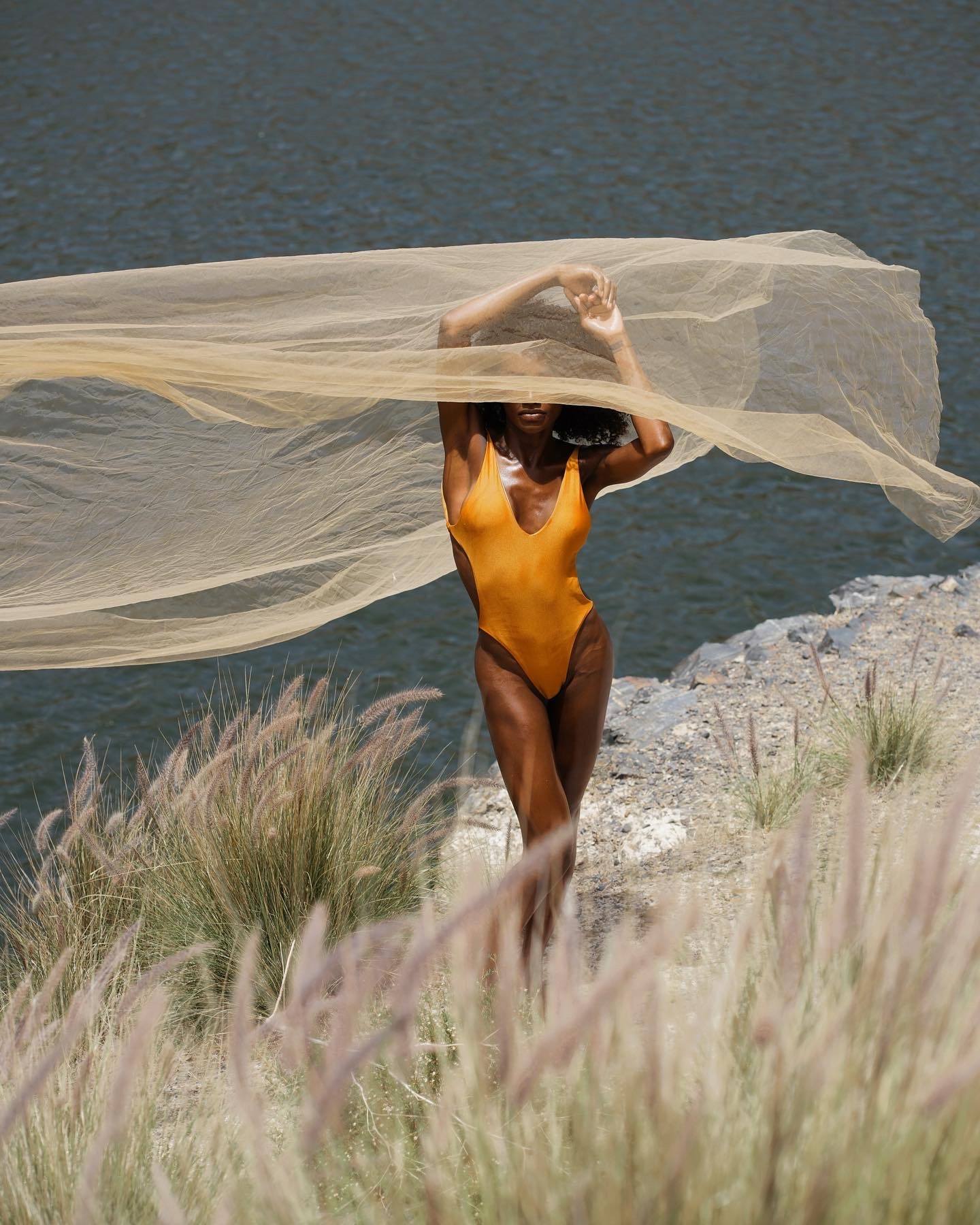


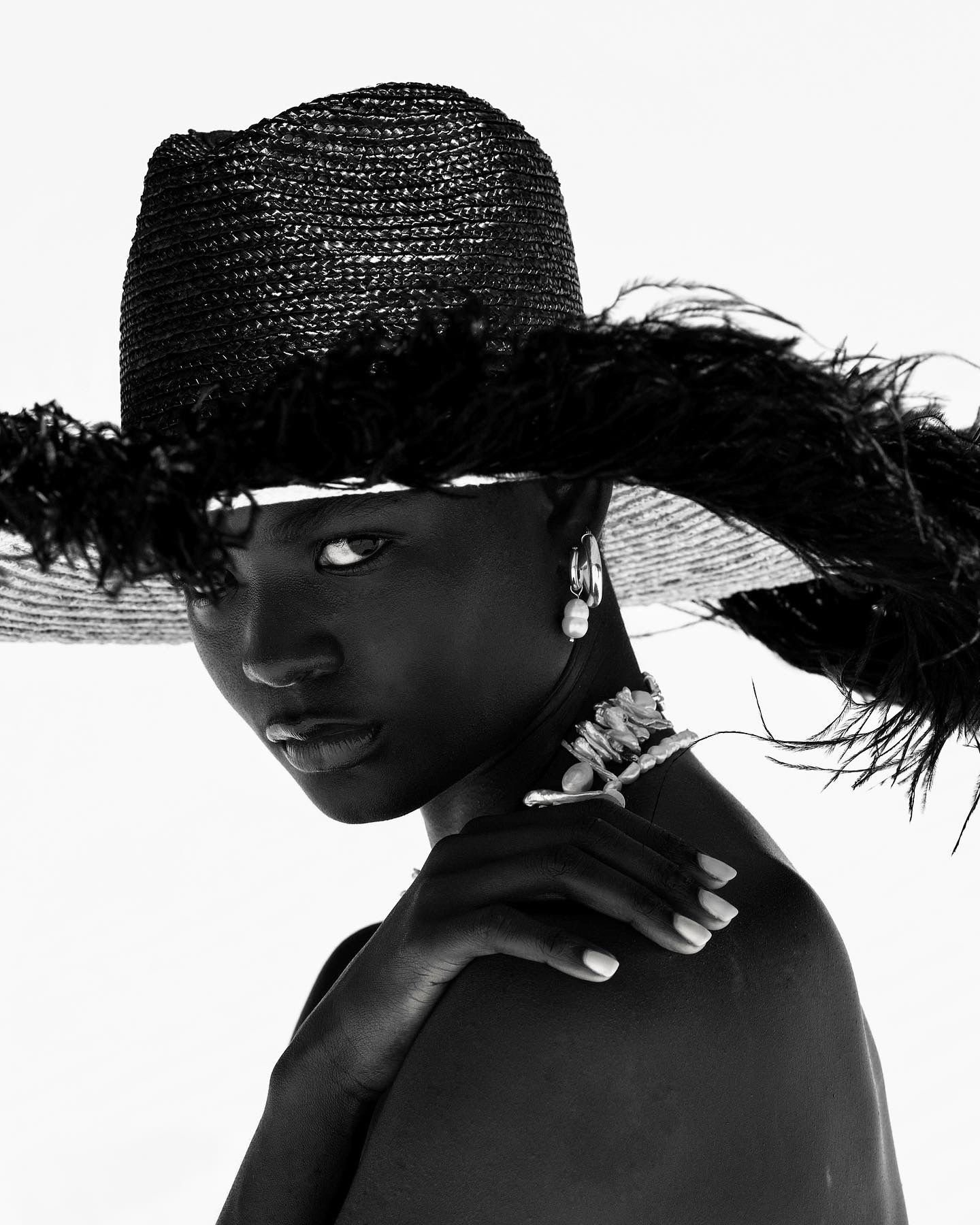
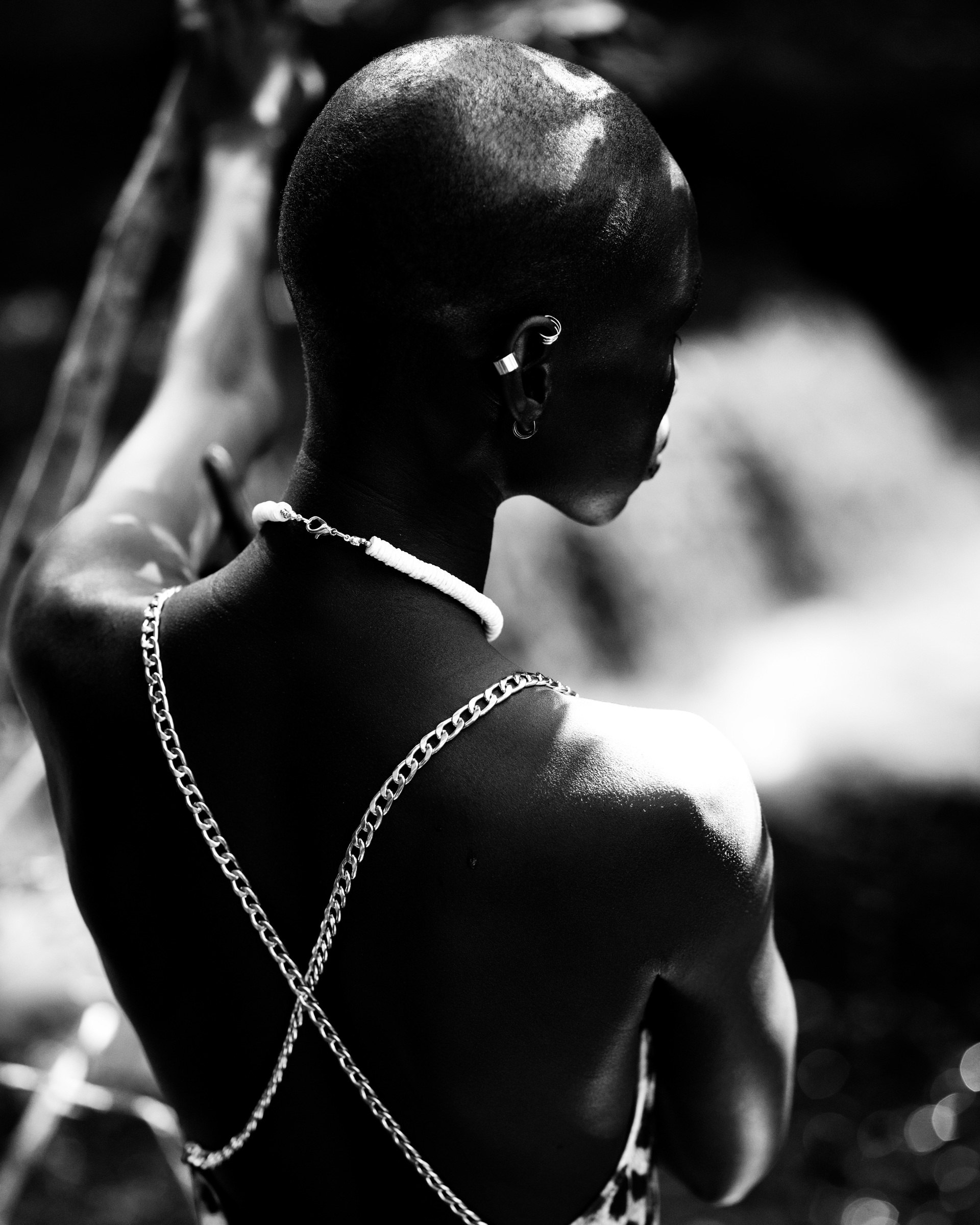
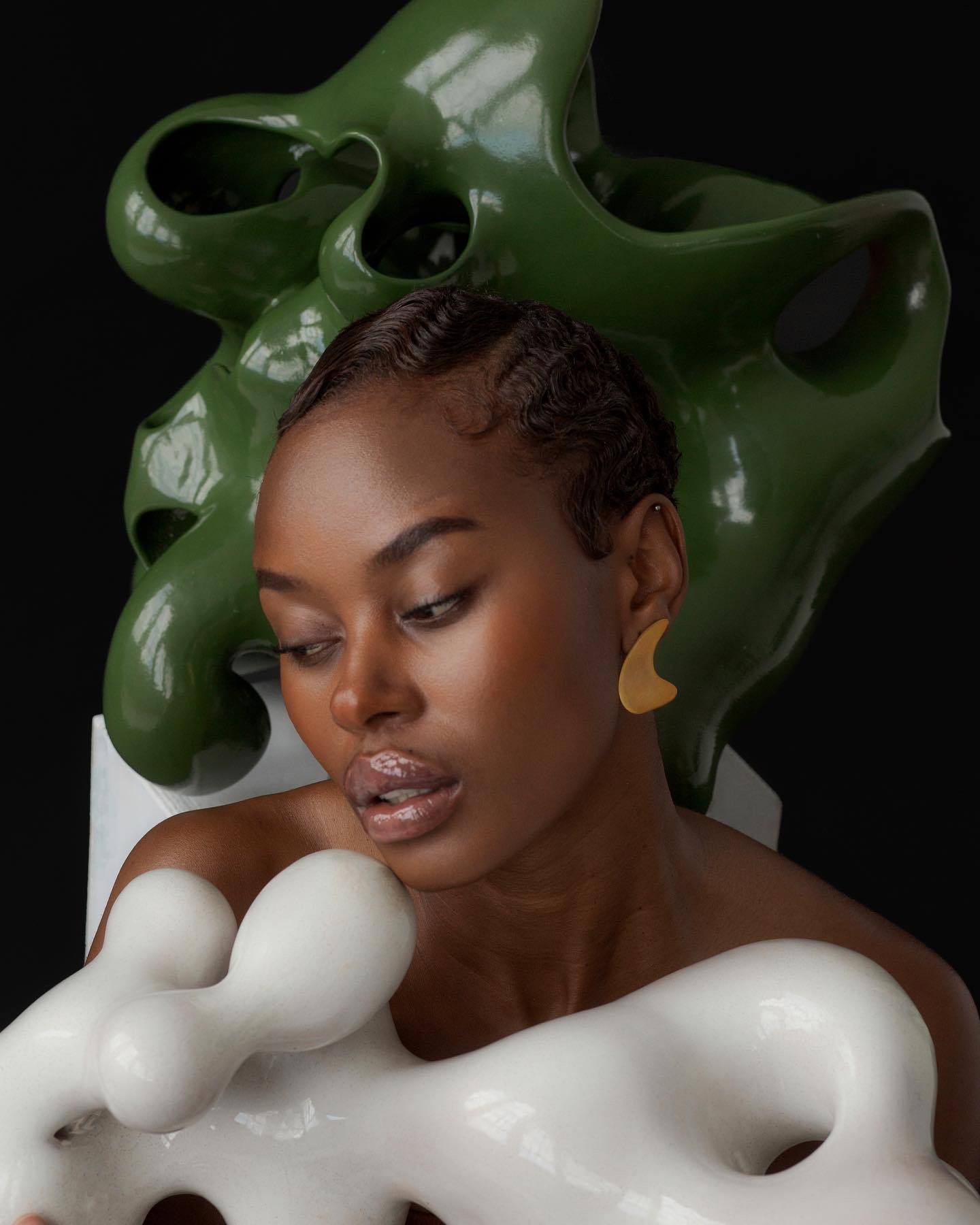
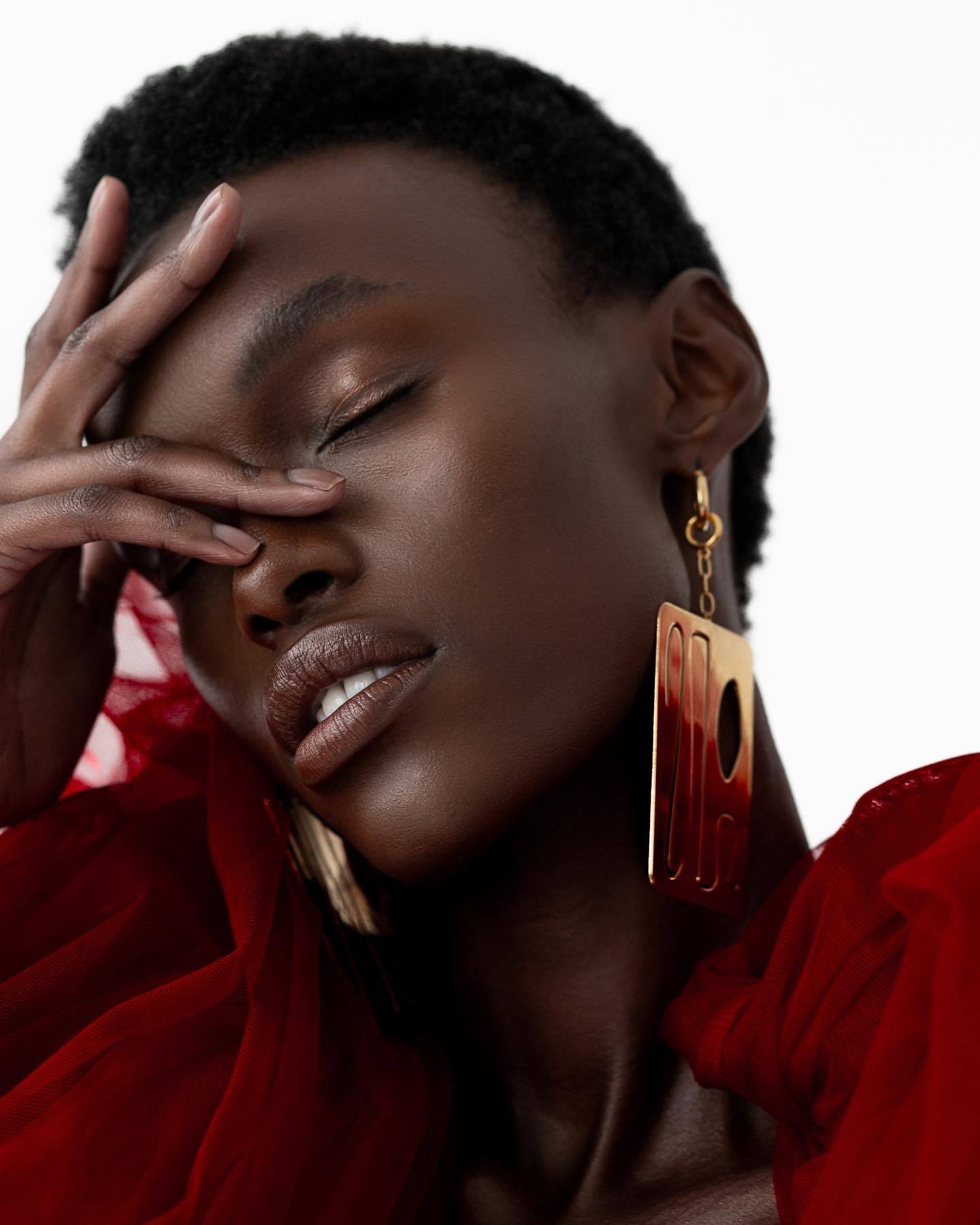




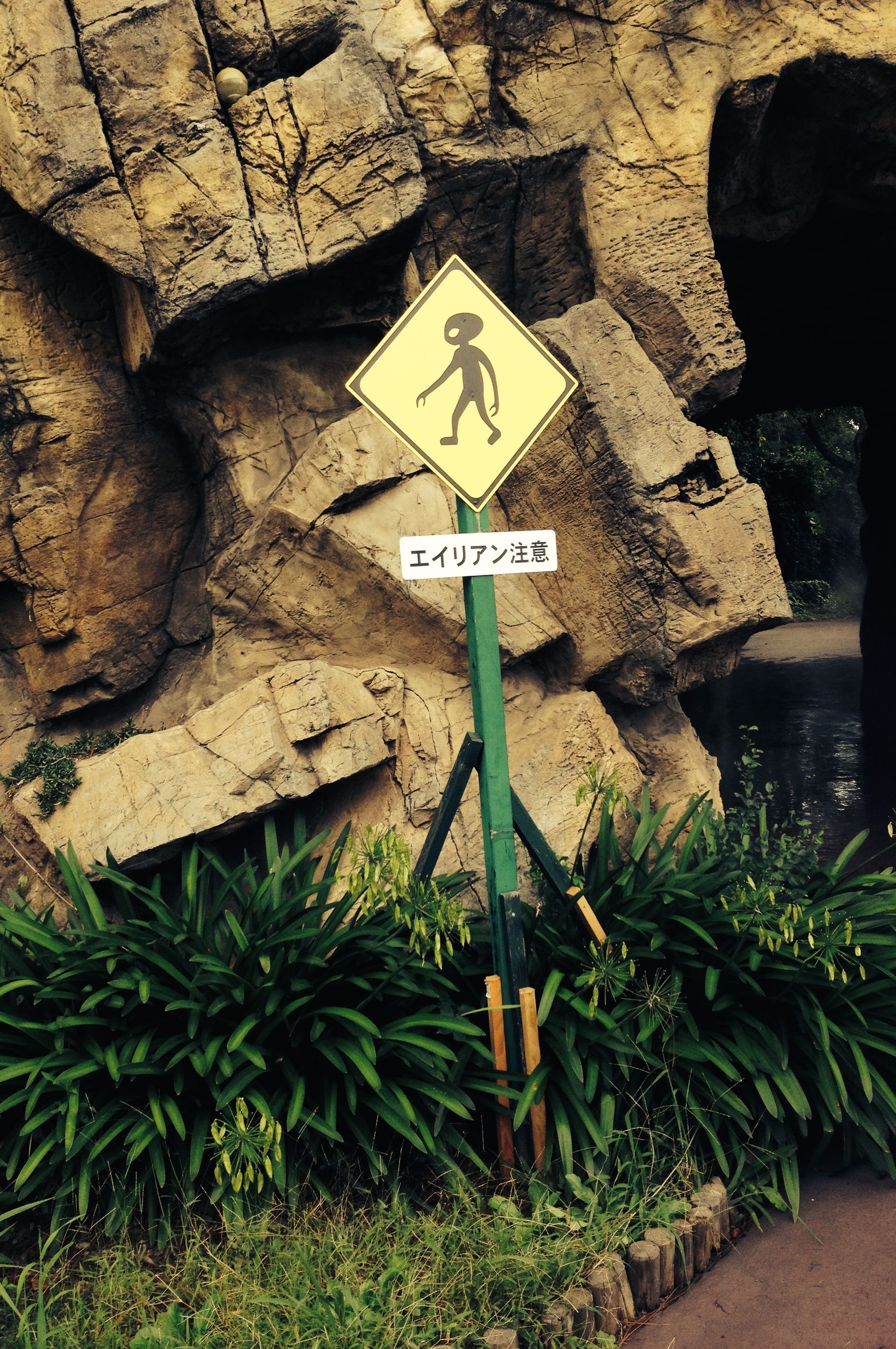
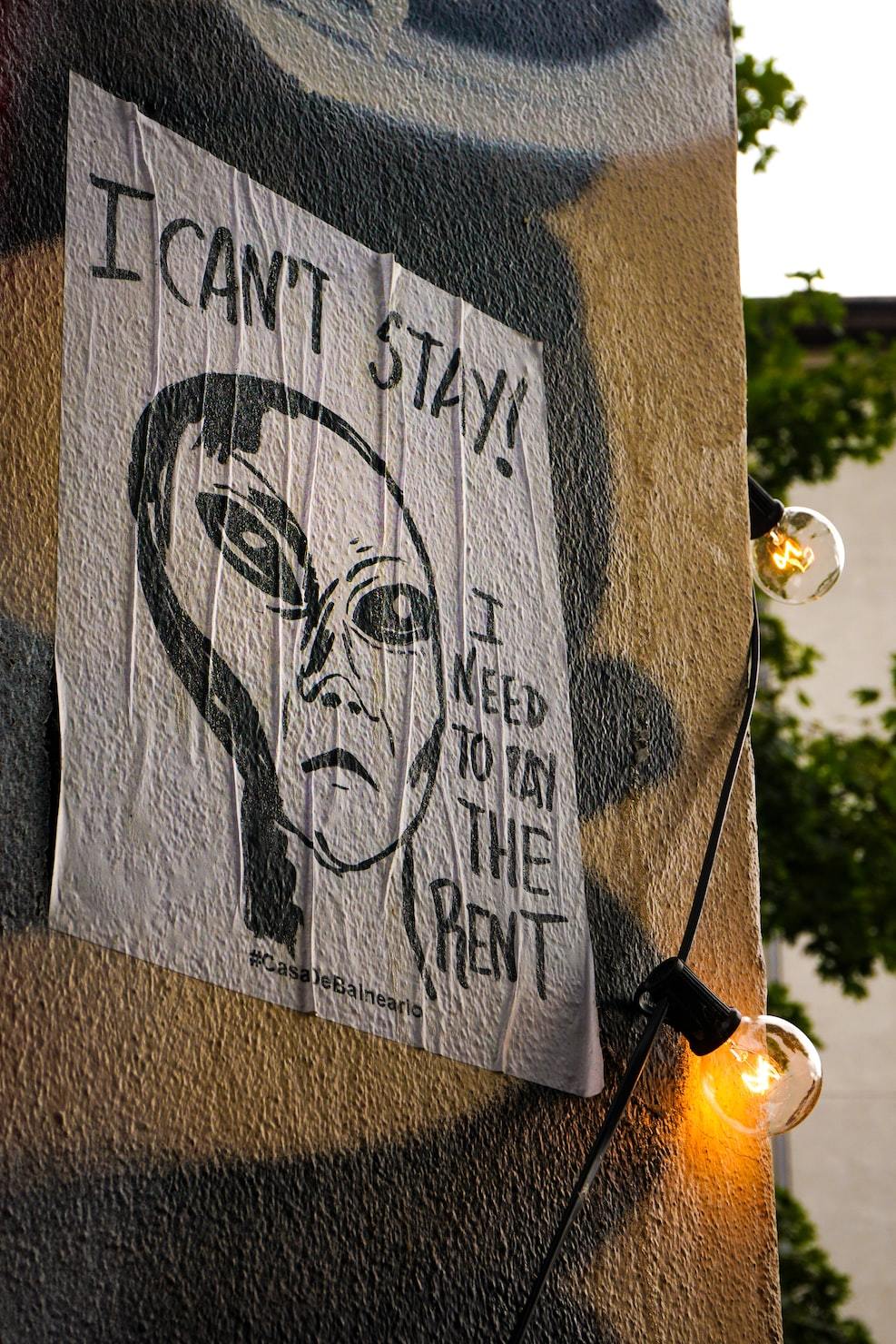


Recent Comments